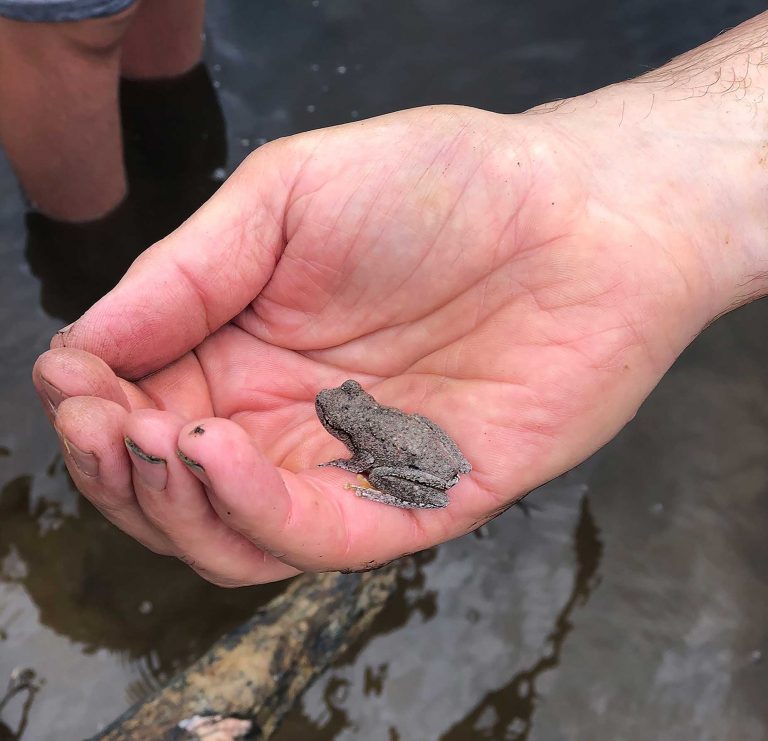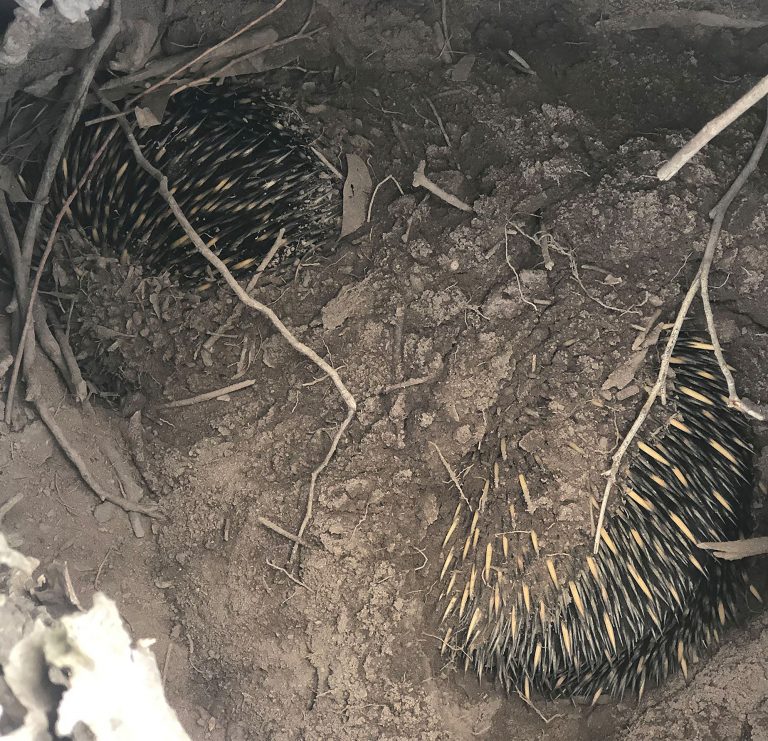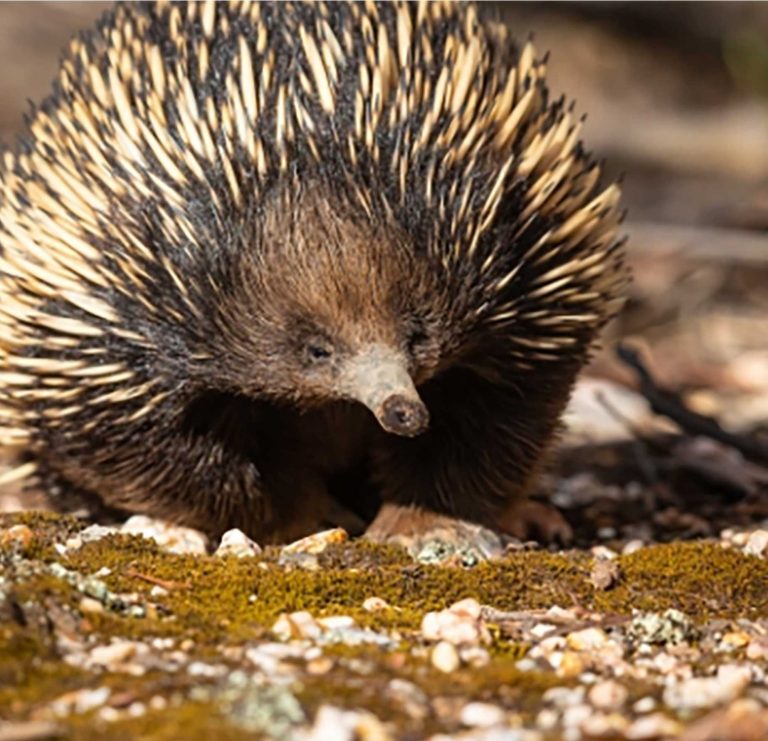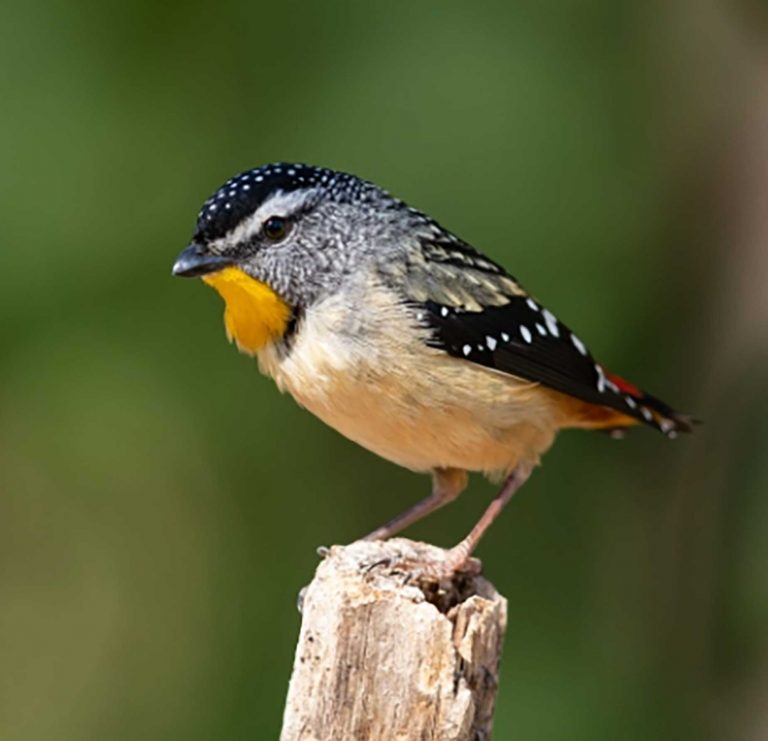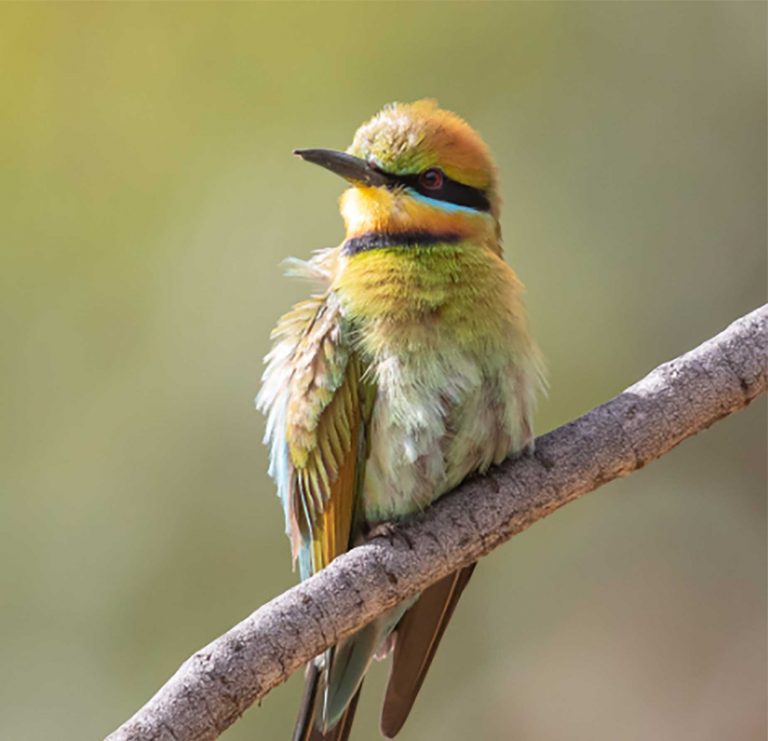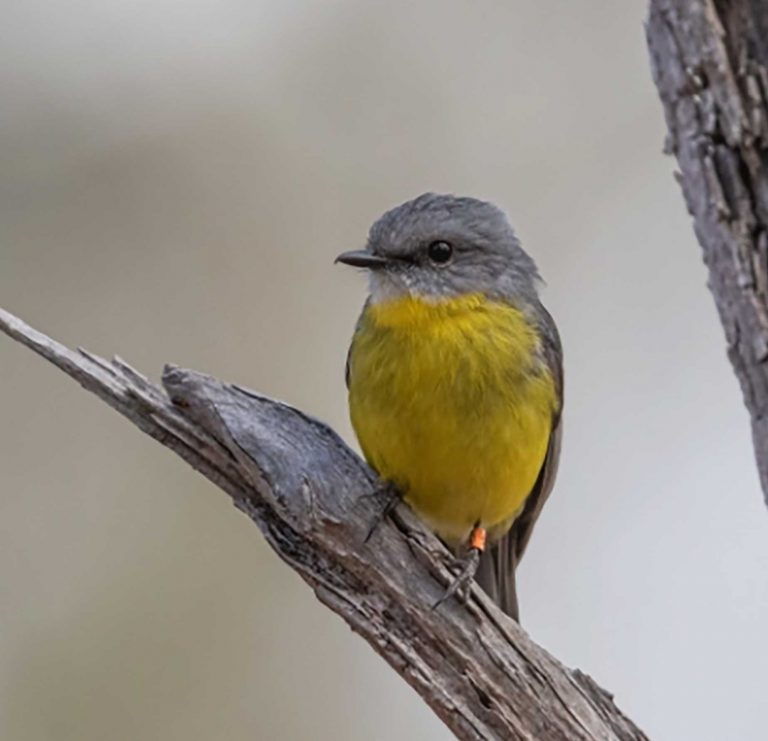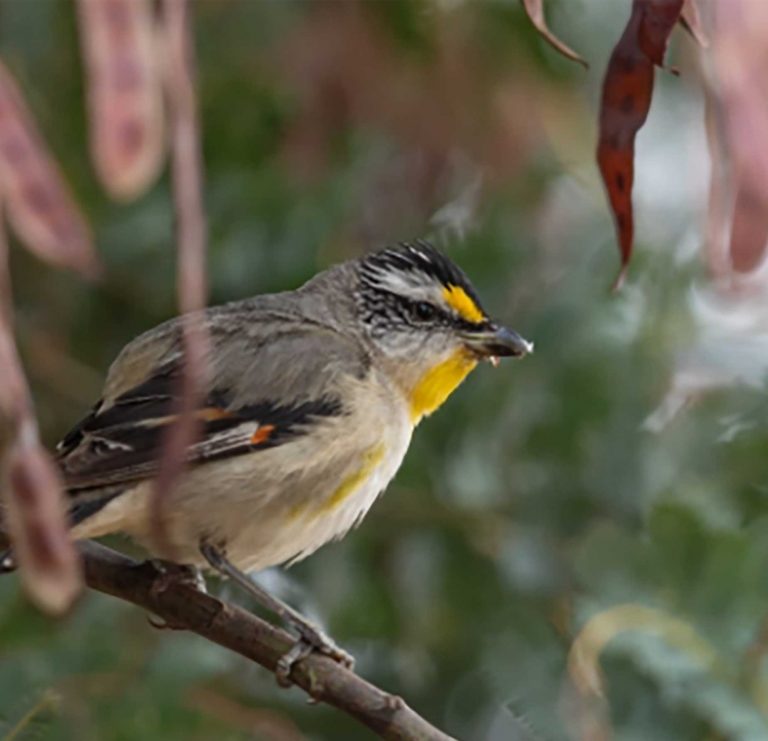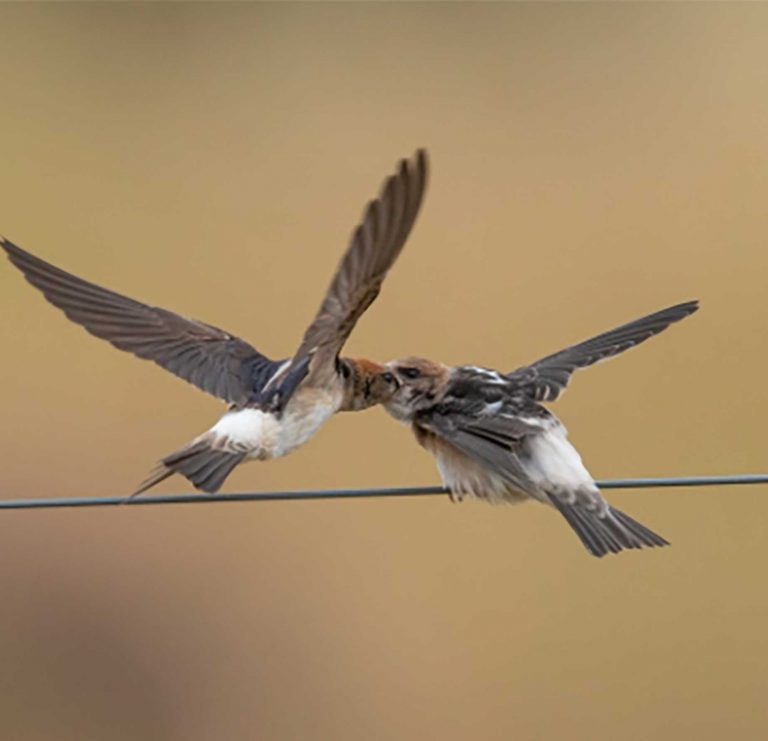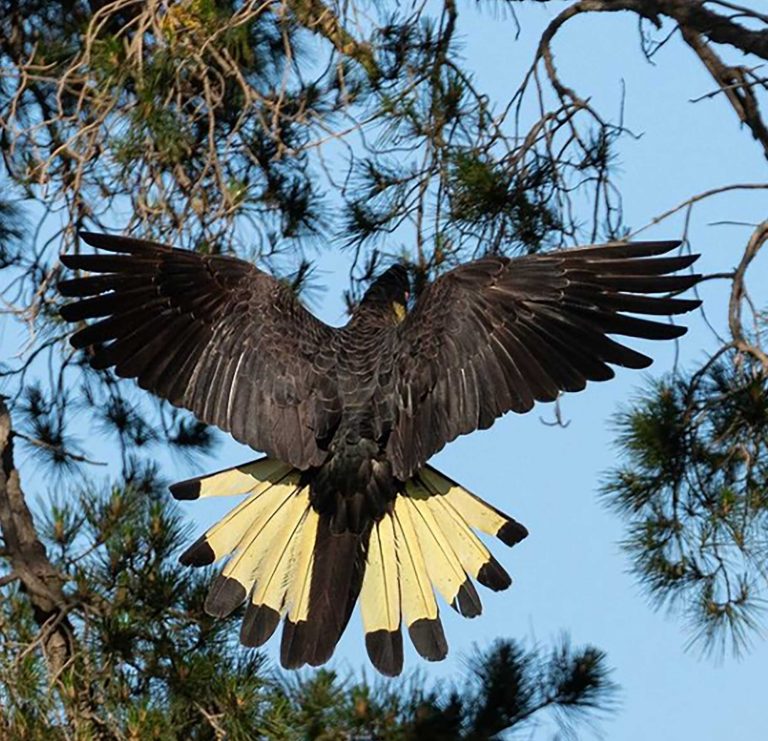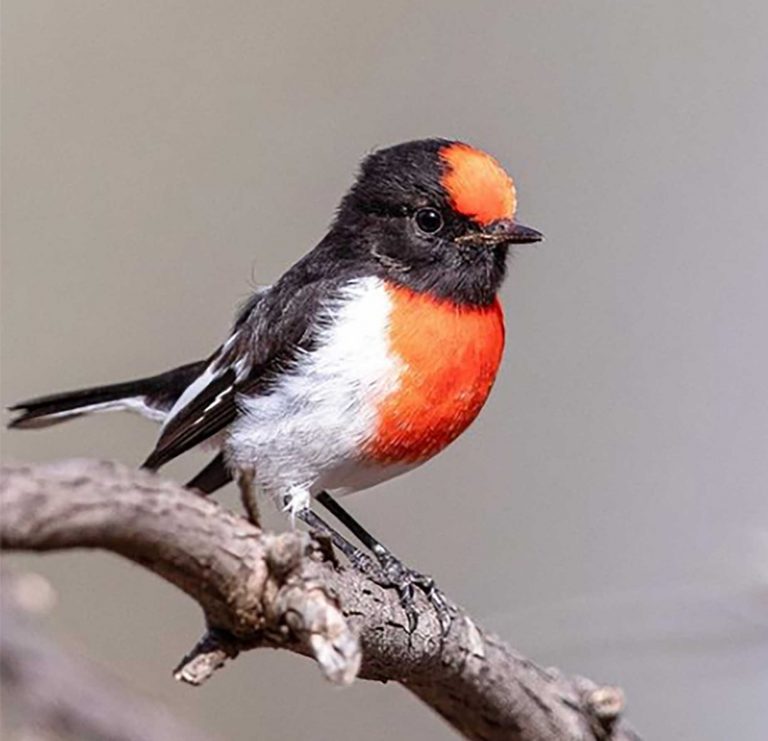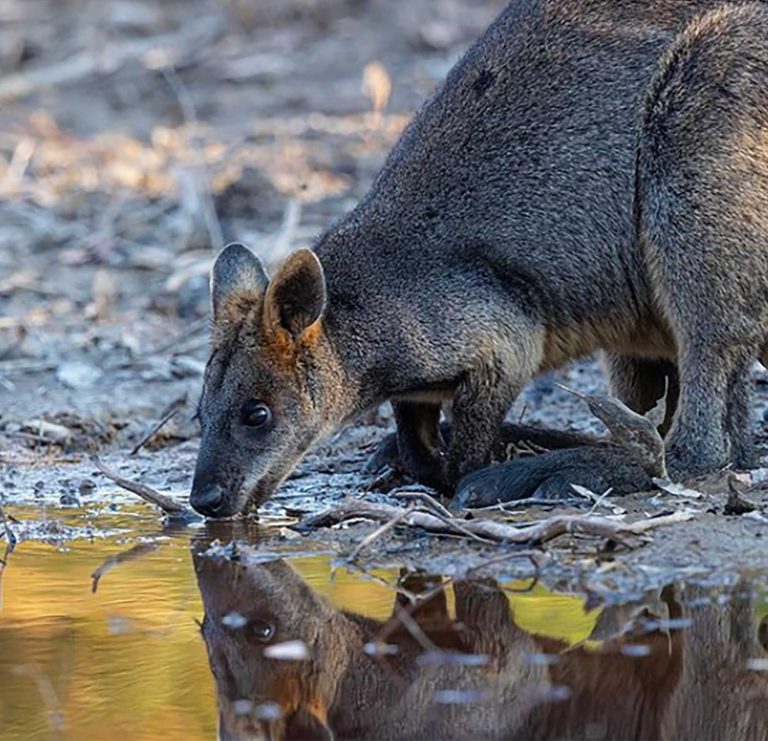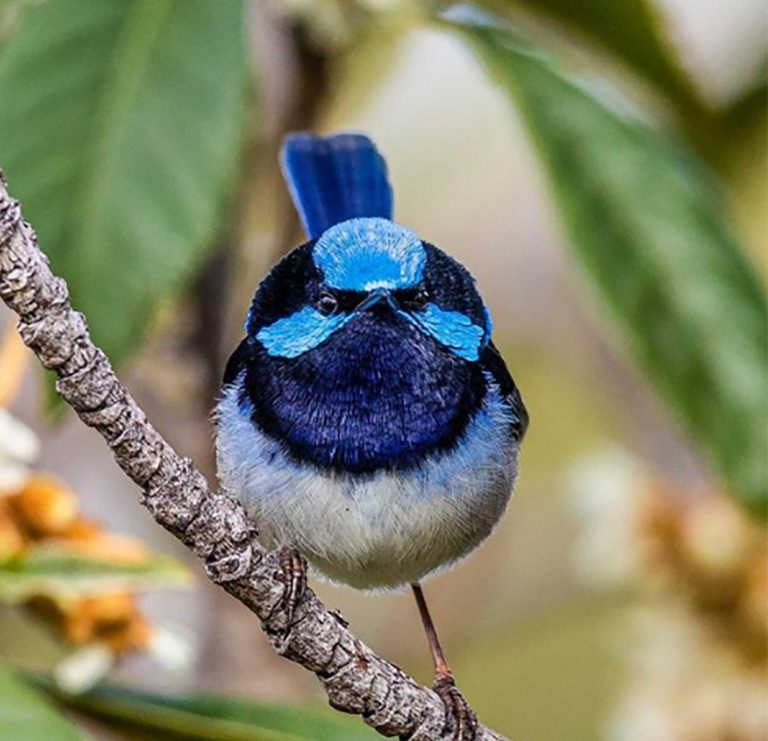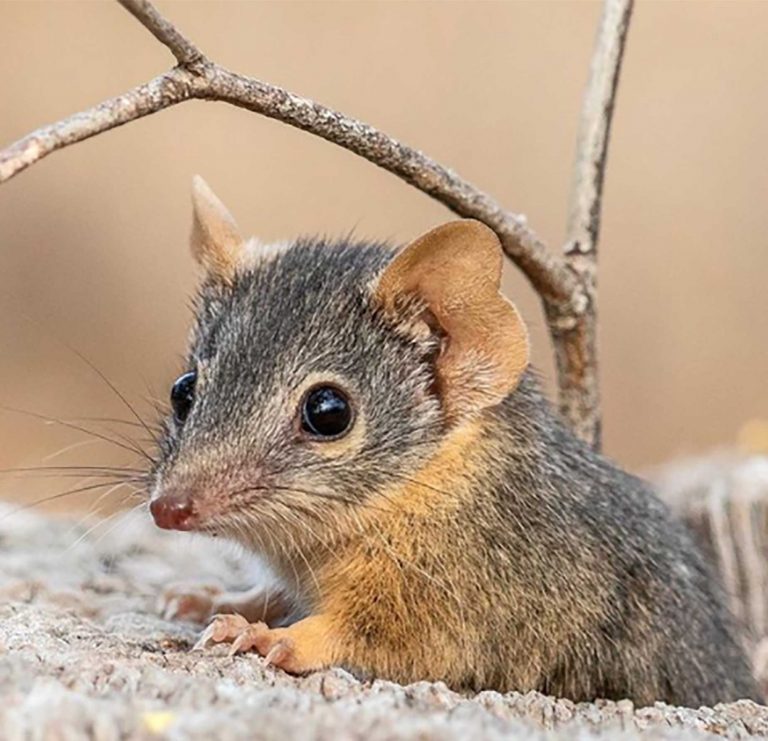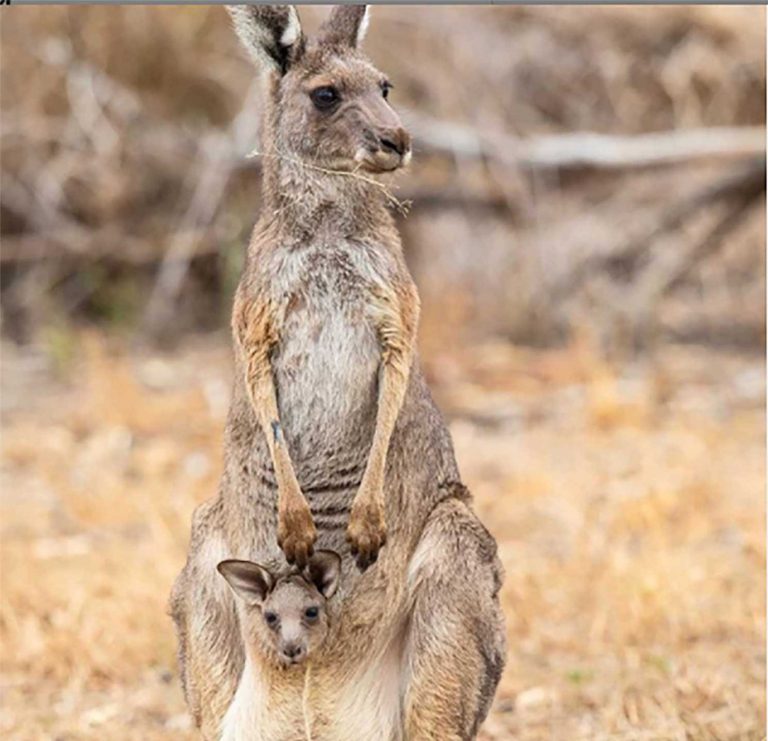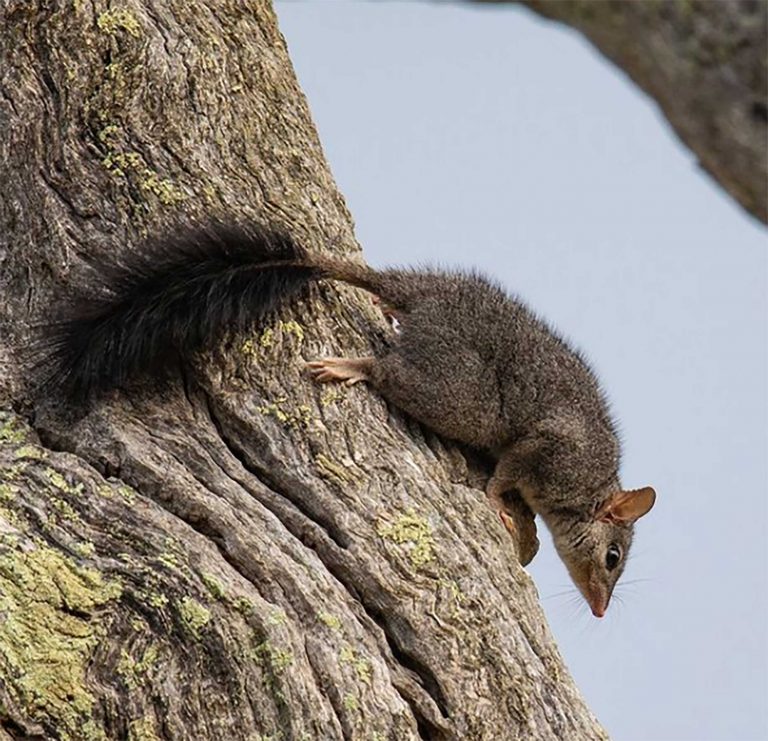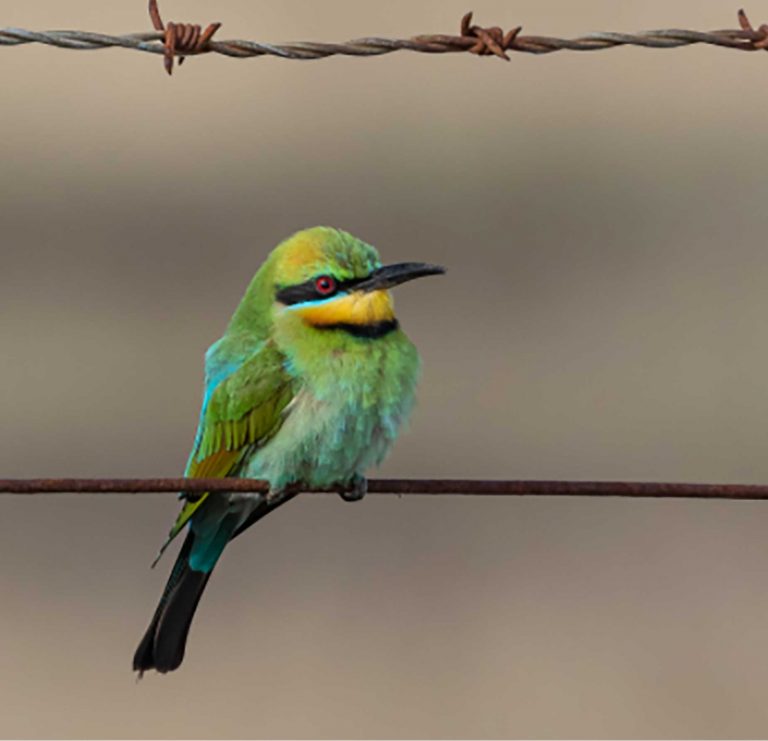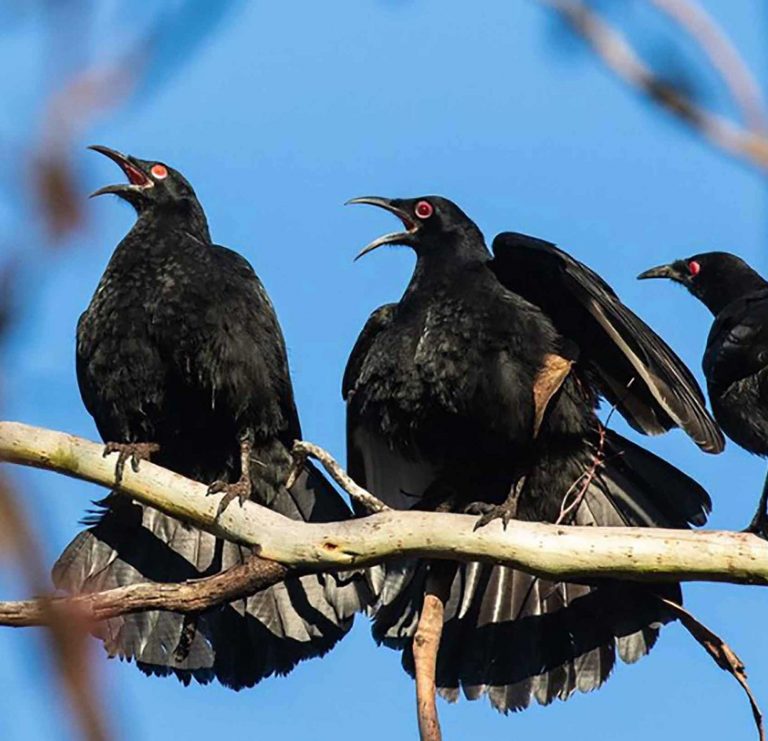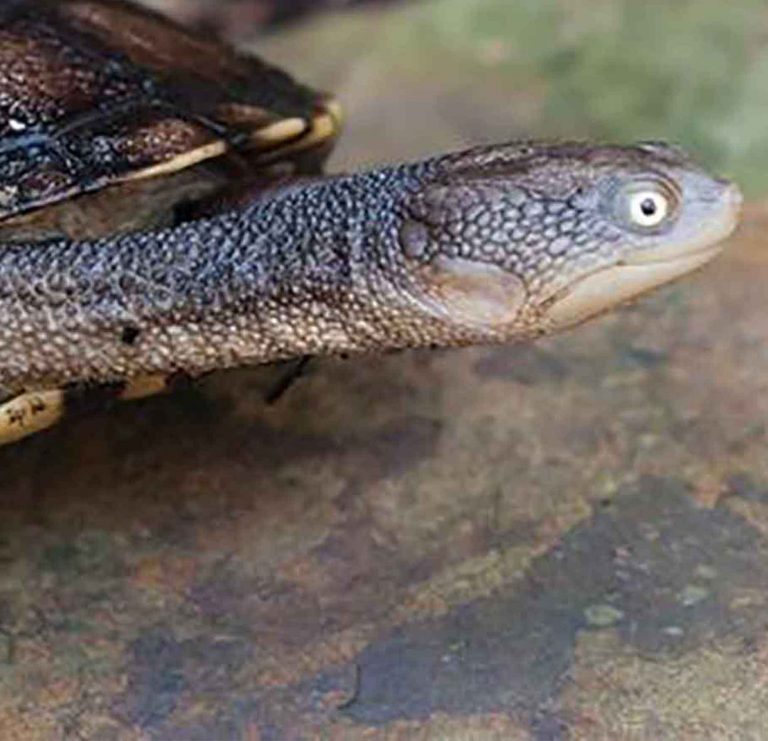Goonarook Forestry
Rebuilding native landscapes
Our idea
Established in 2003 Goonarook is a commercial forestry enterprise involving native forest rehabilitation for wood products, wildlife rehabilitation and climate change mitigation.
Initiated with 120 acres the operation now involves 220 acres of land 1.5 hours from Melbourne. This once totally cleared, marginal grazing land is now in process of forest rehabilitation.
Our Projects
Forestry
60 acres have been established for commercial forestry. In October 2004 we planted 15,000 seedlings of mixed local native trees.
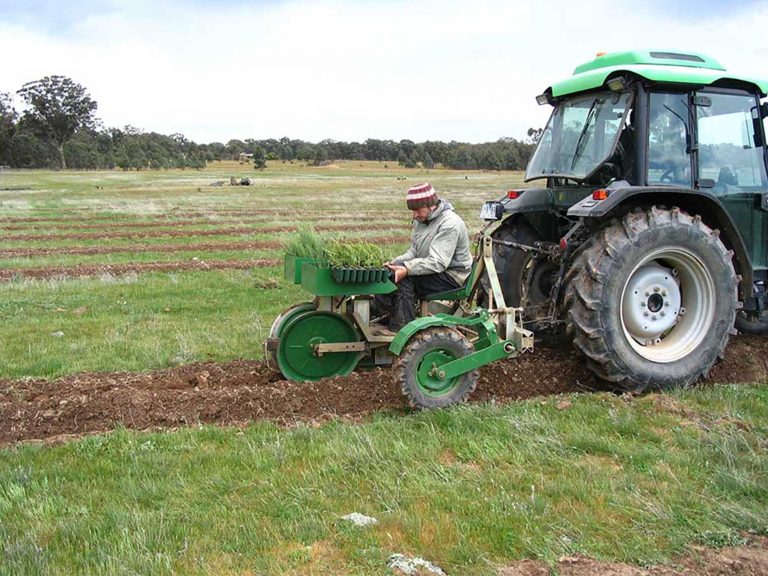
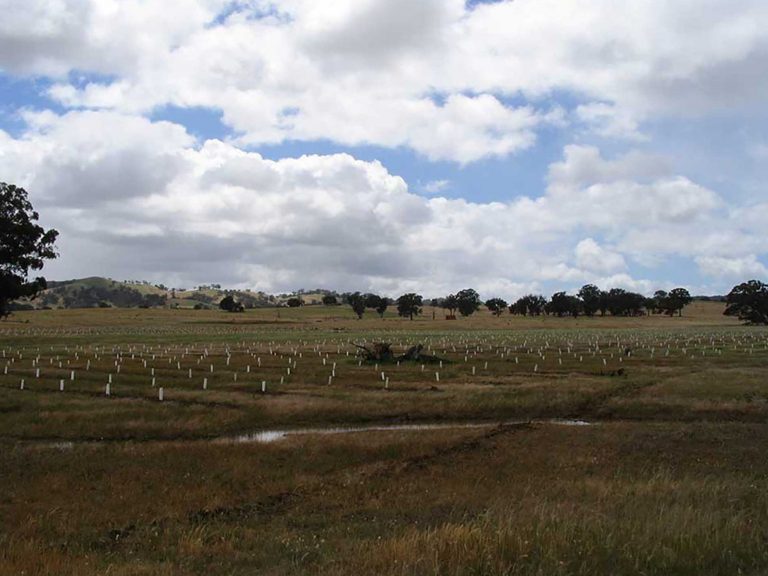
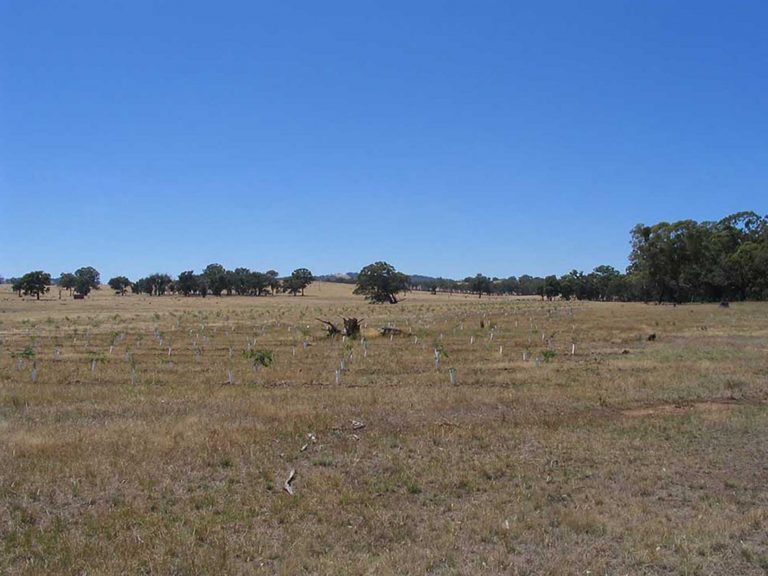
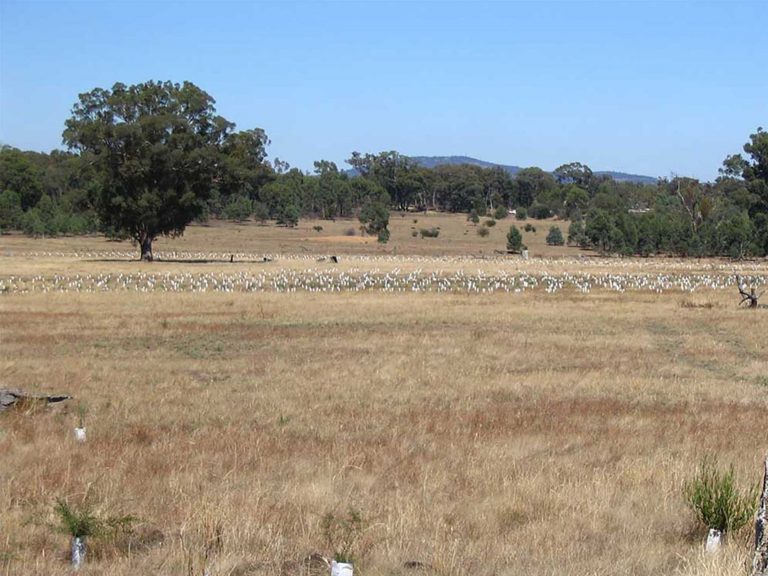
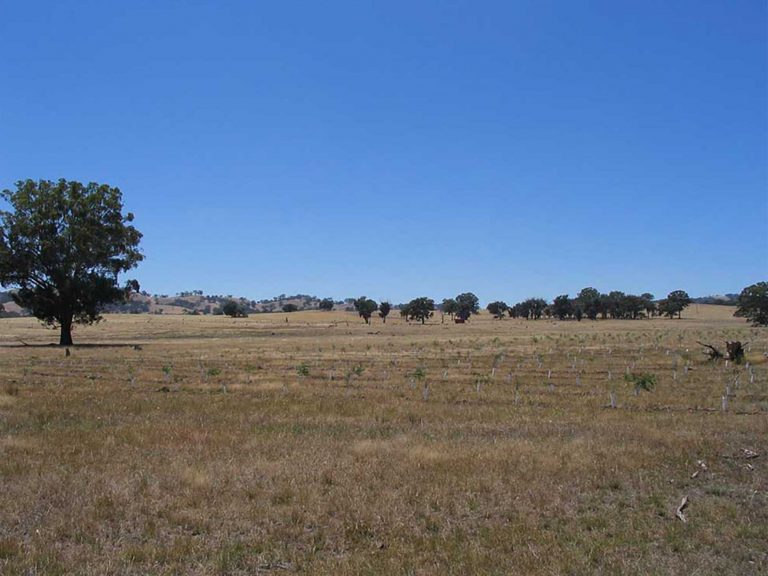
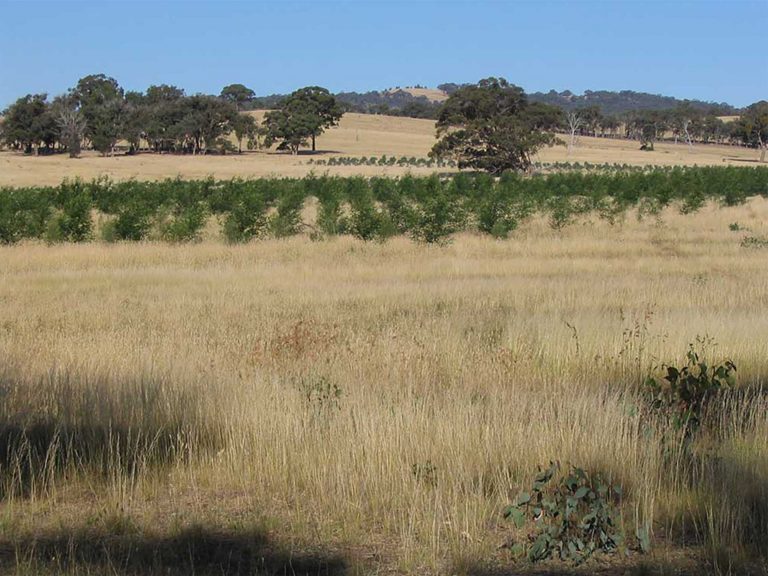
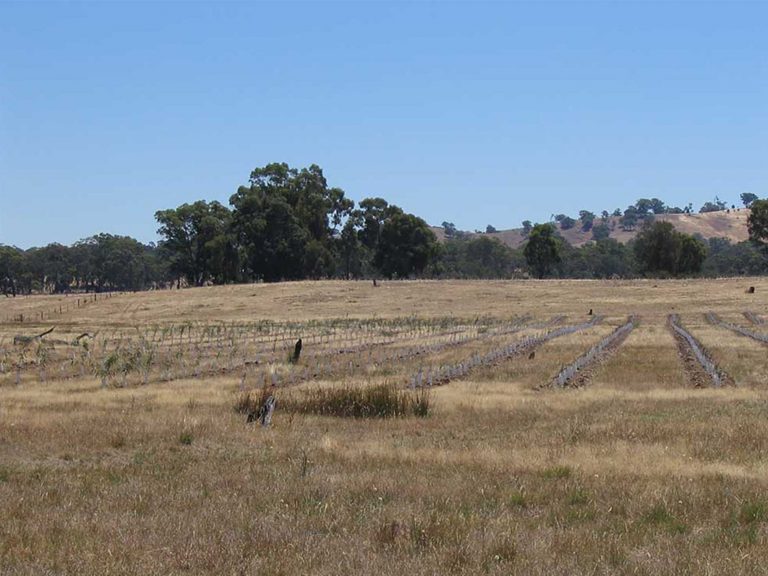

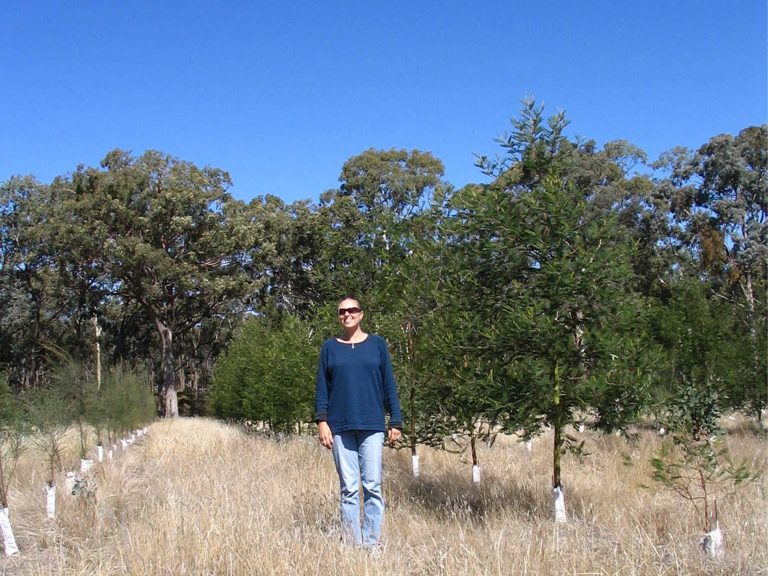
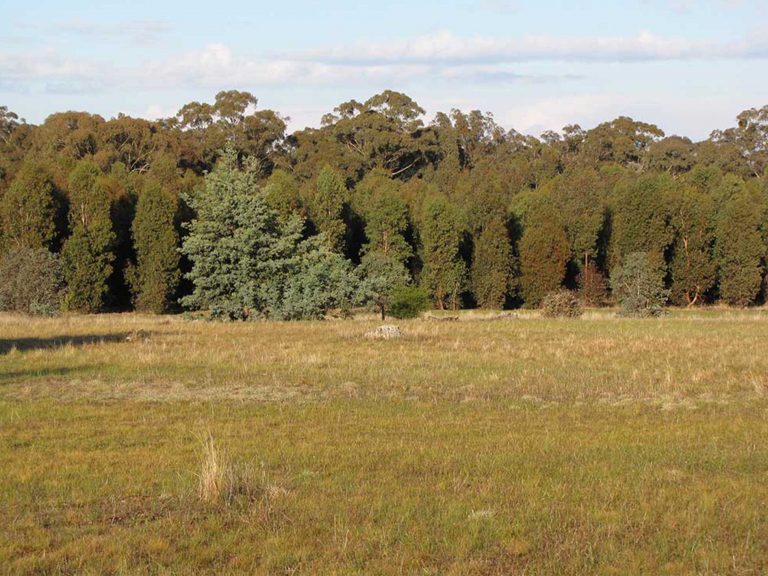
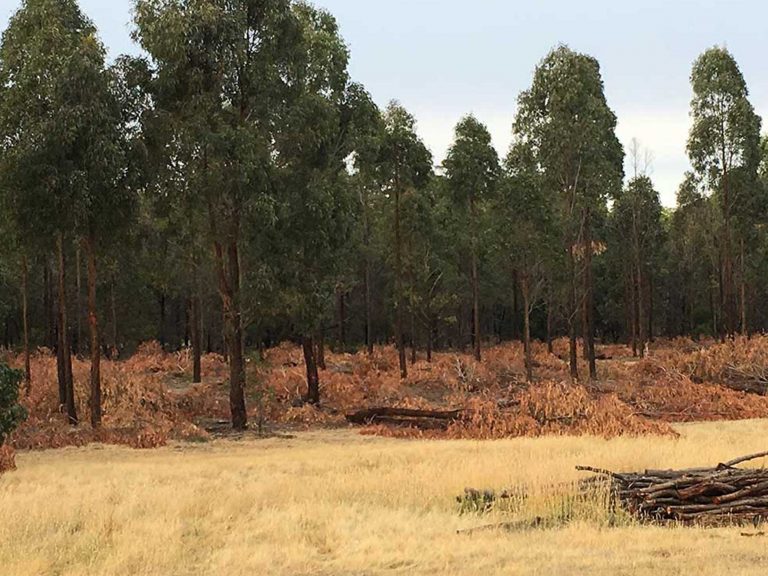
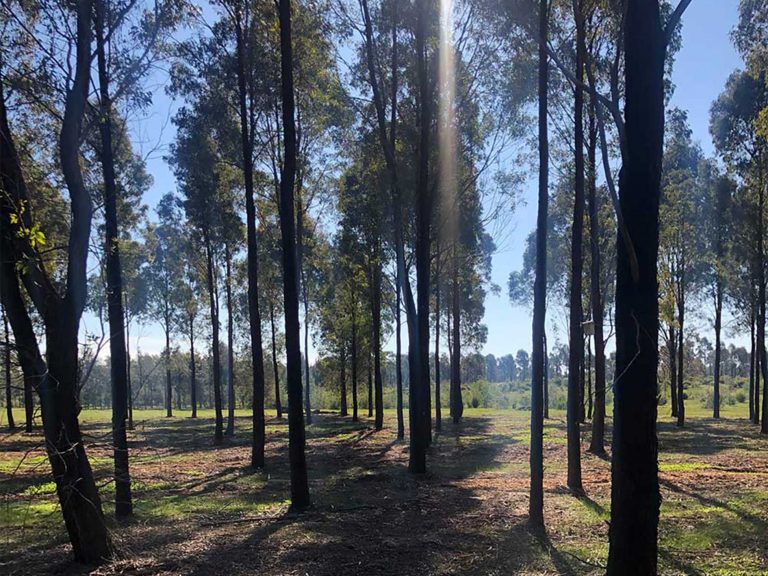
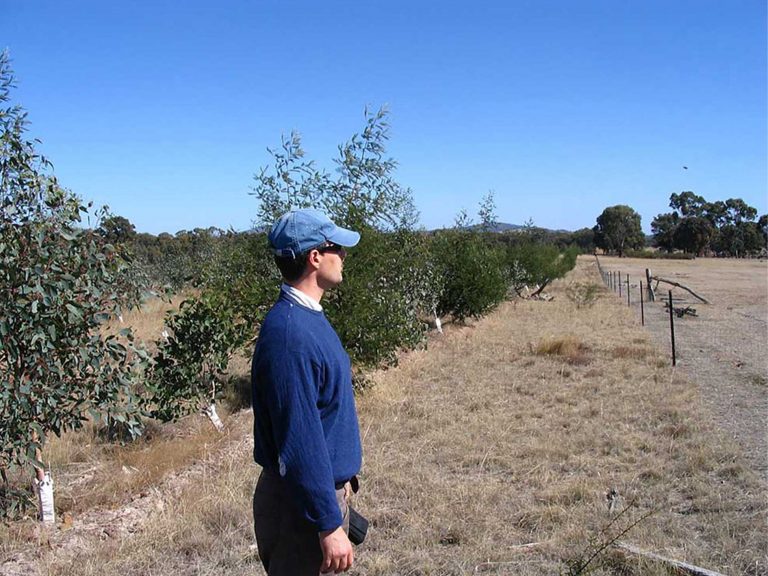
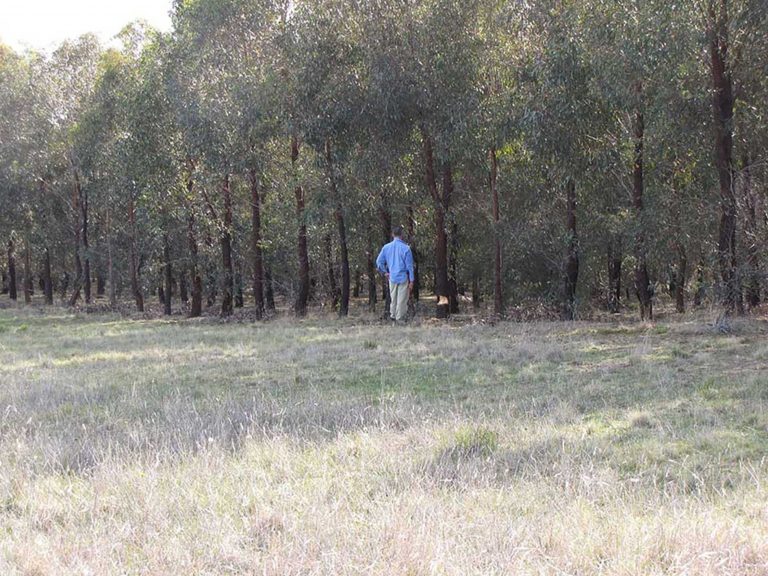
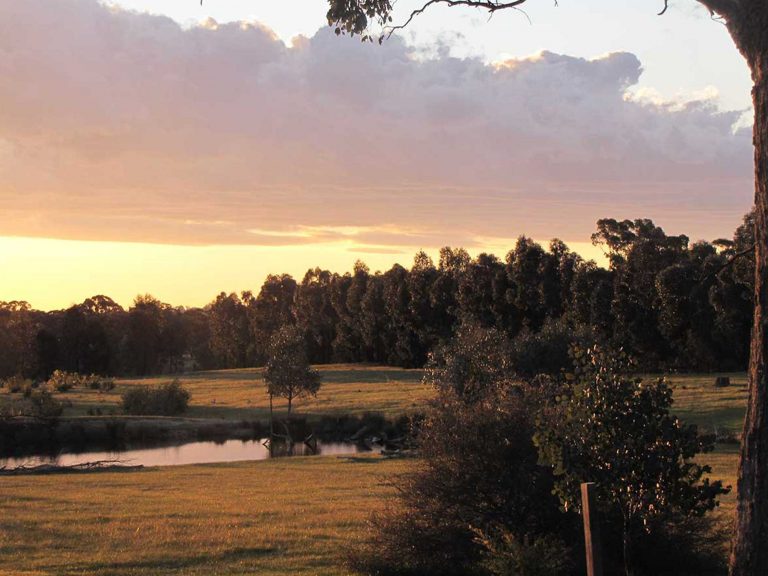
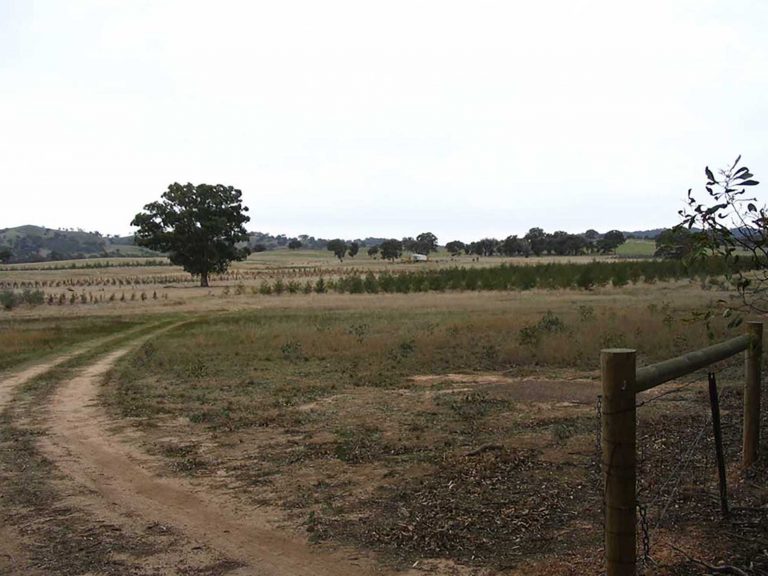
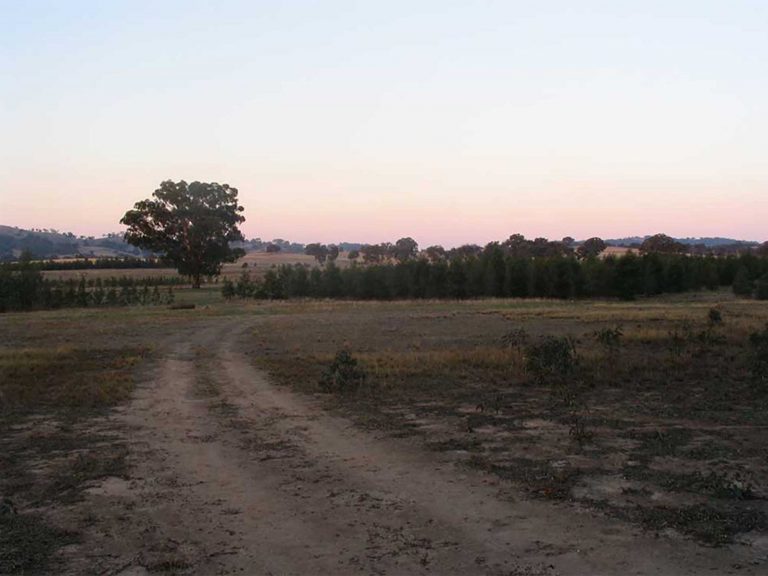
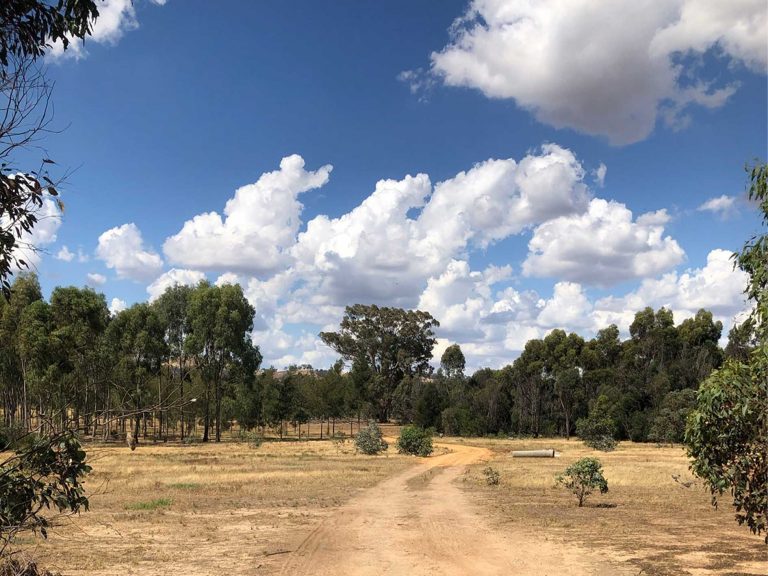
firewood
The thinning process of the forestry plantation (cutting down the bent trees to enable the straight trees access to more light and space) creates the opportunity to produce plantation/sustainable firewood.
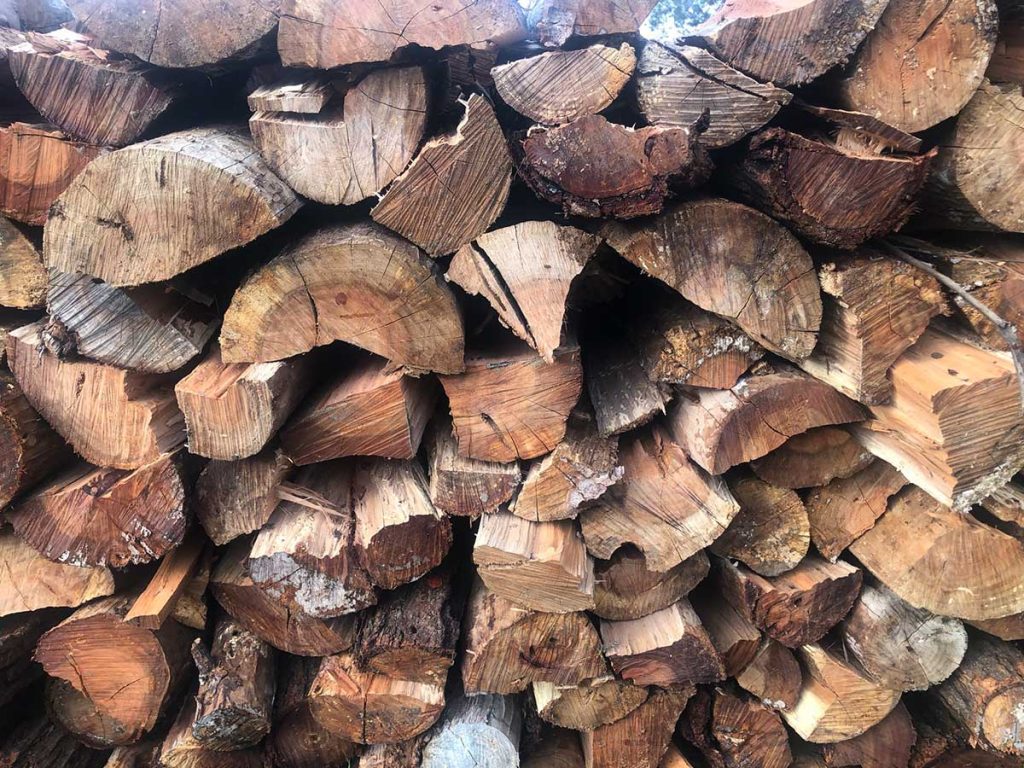
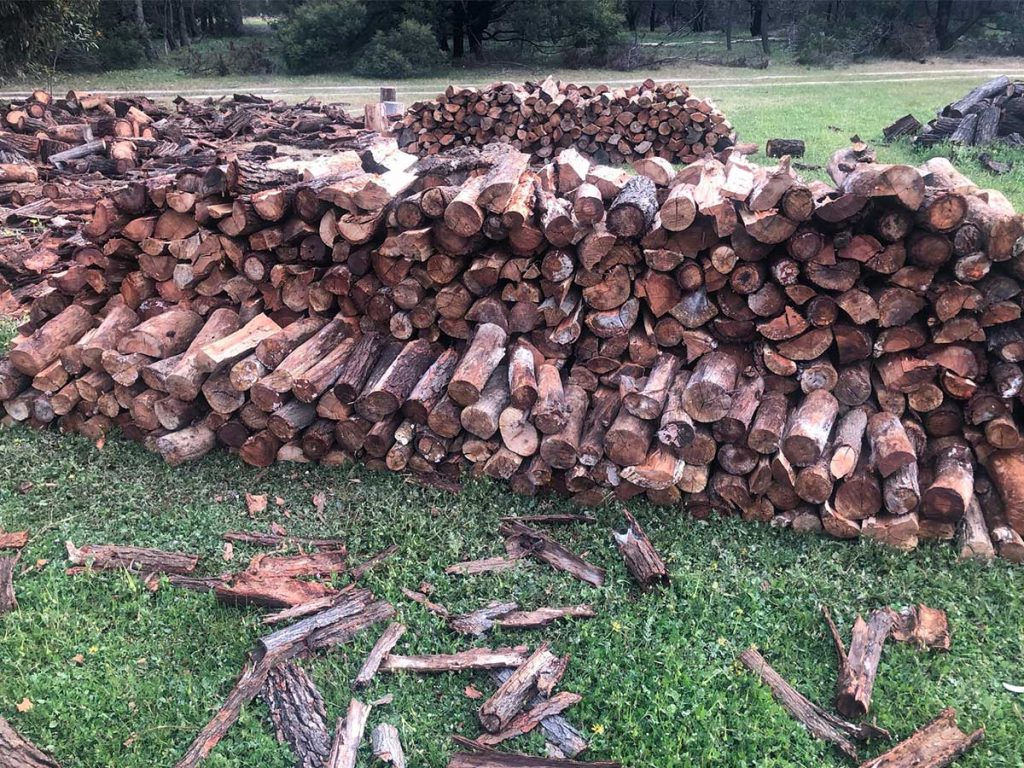
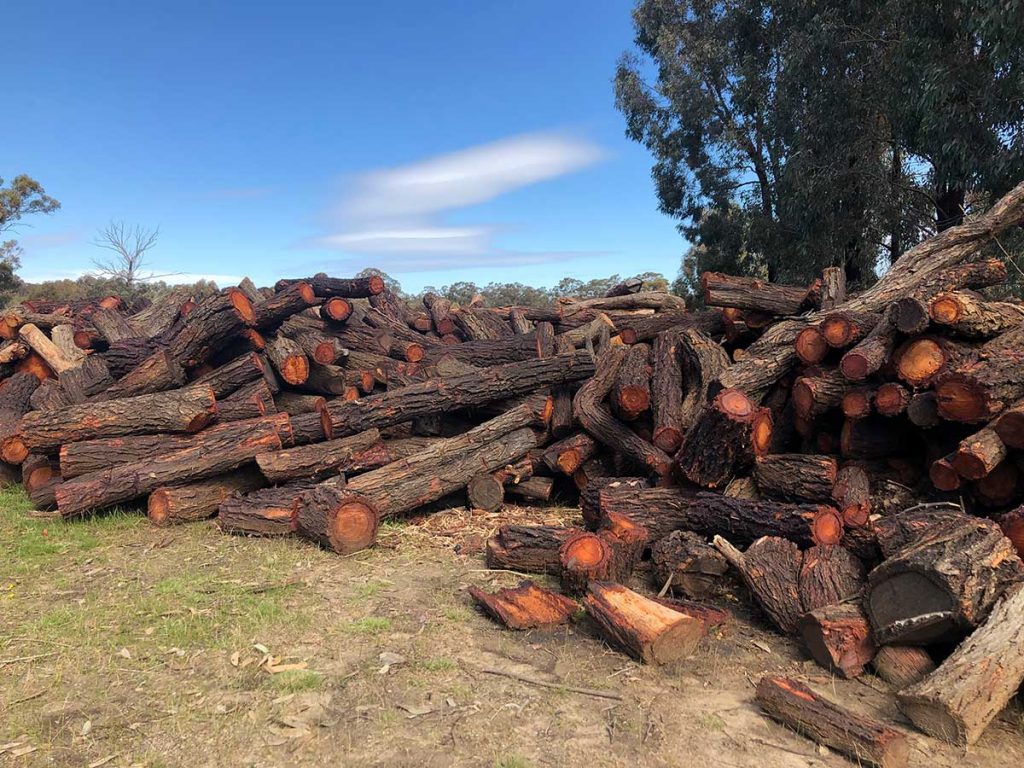
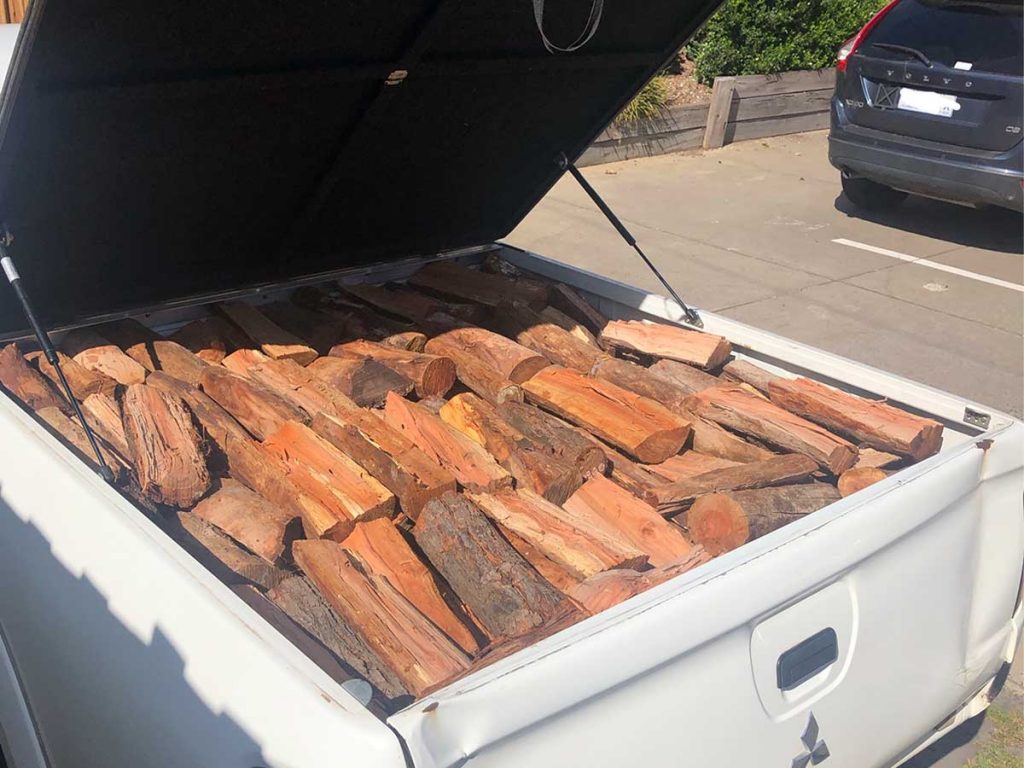
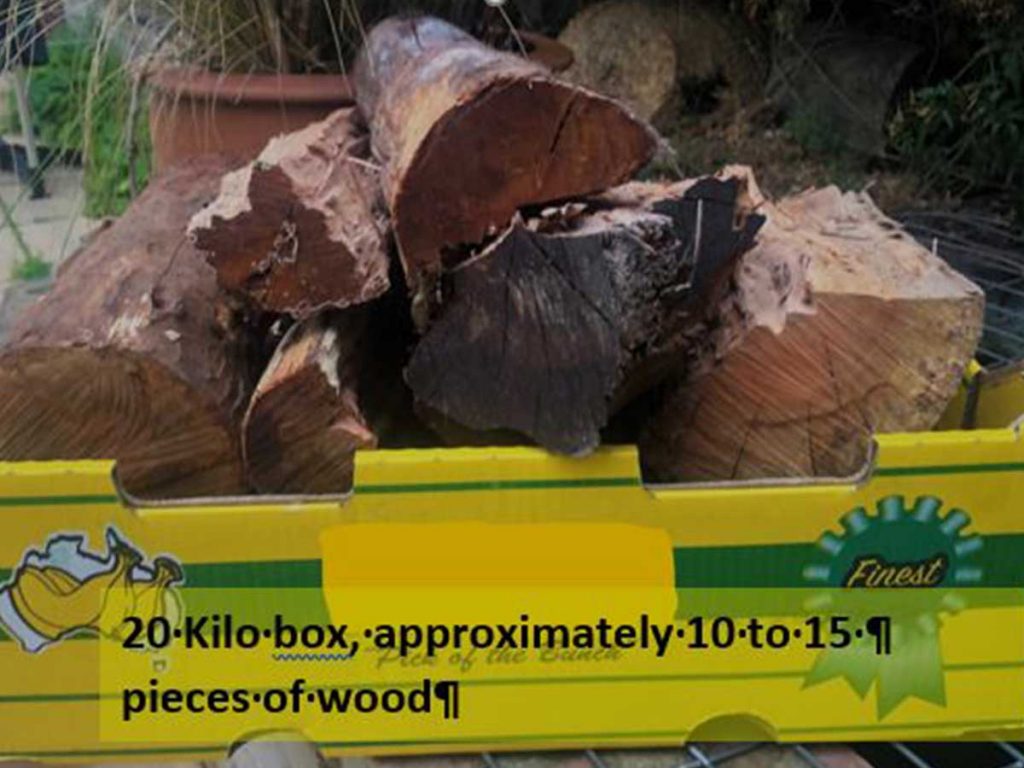
Revegetation and biodiversity creation
Over 130 acres has been dedicated to the direct seeding of native trees and shrubs from the Castlemaine region
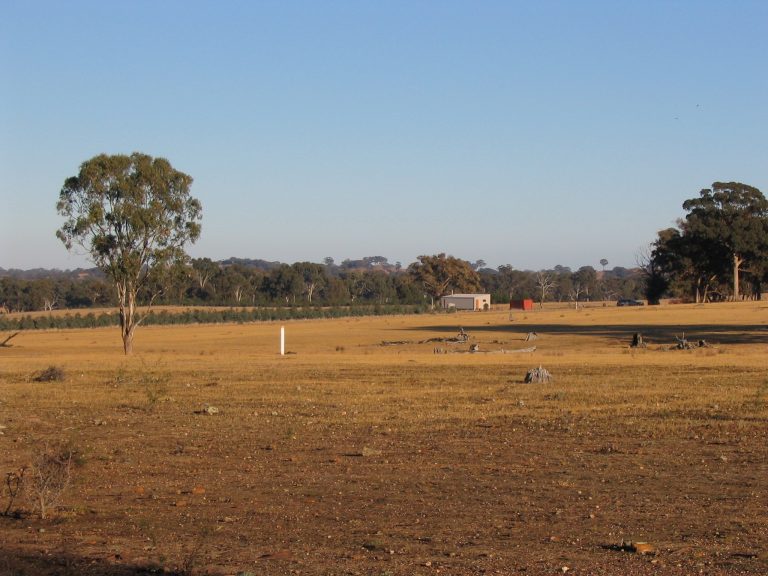
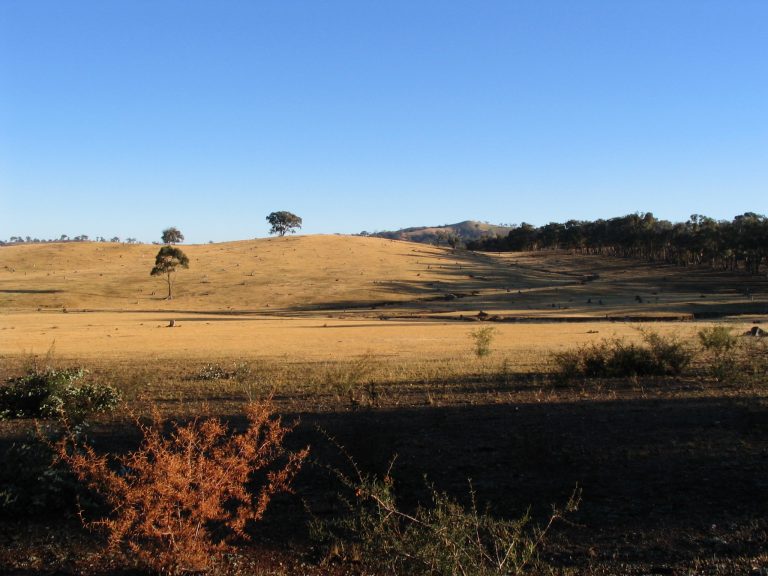
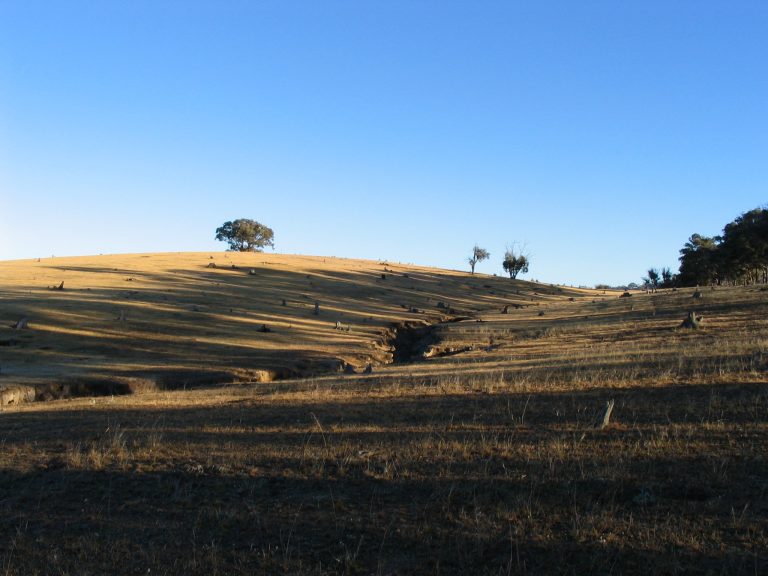

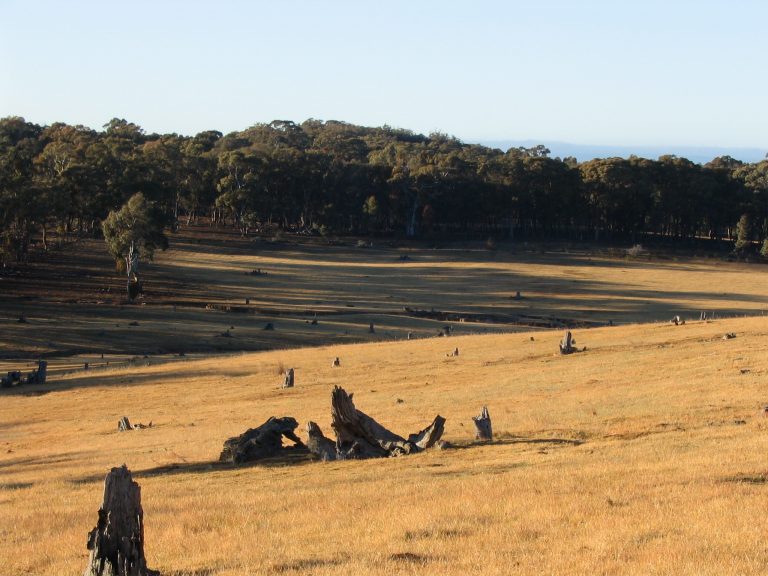
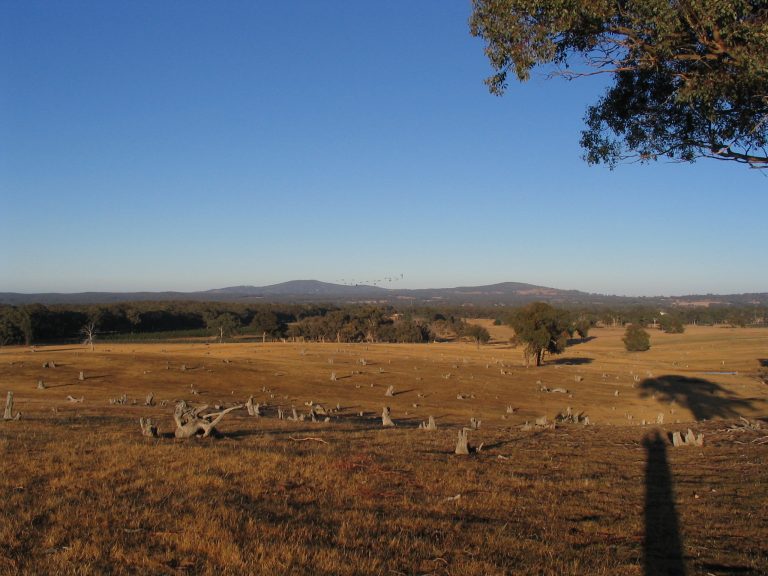
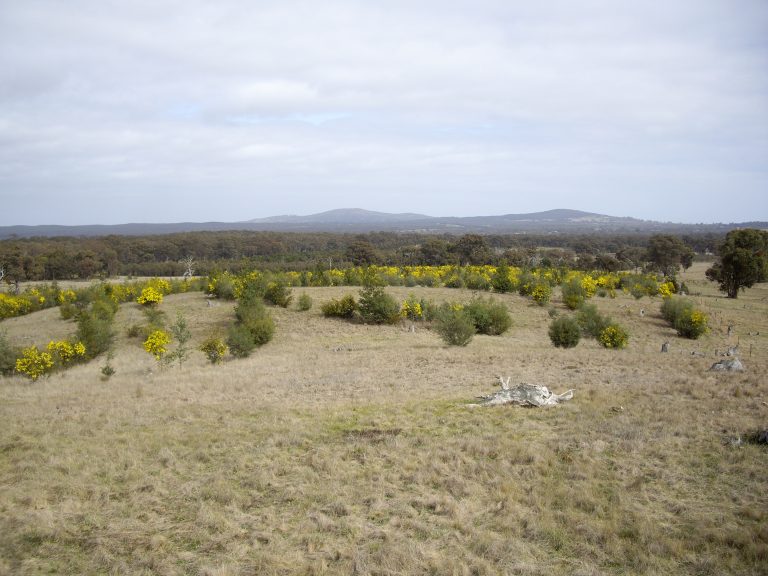
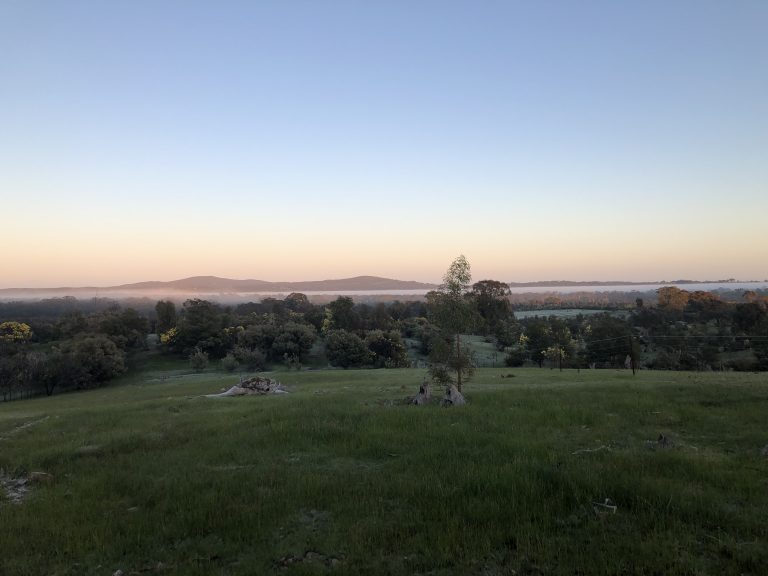
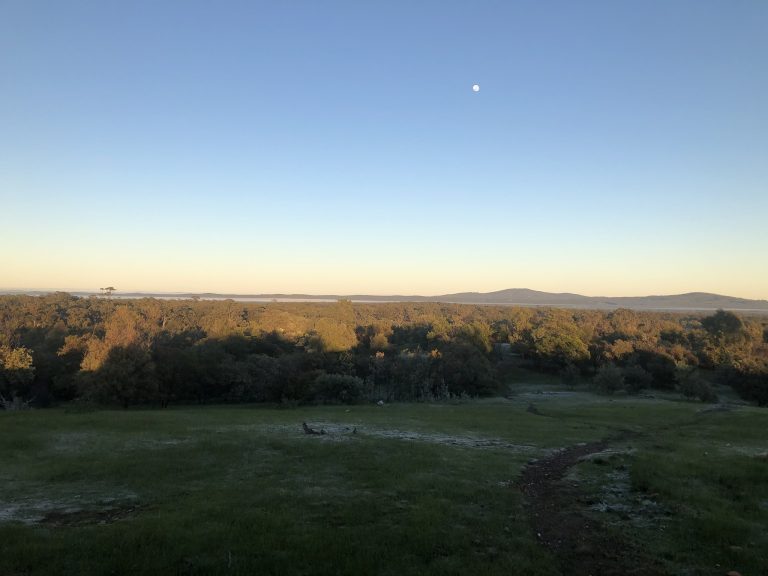
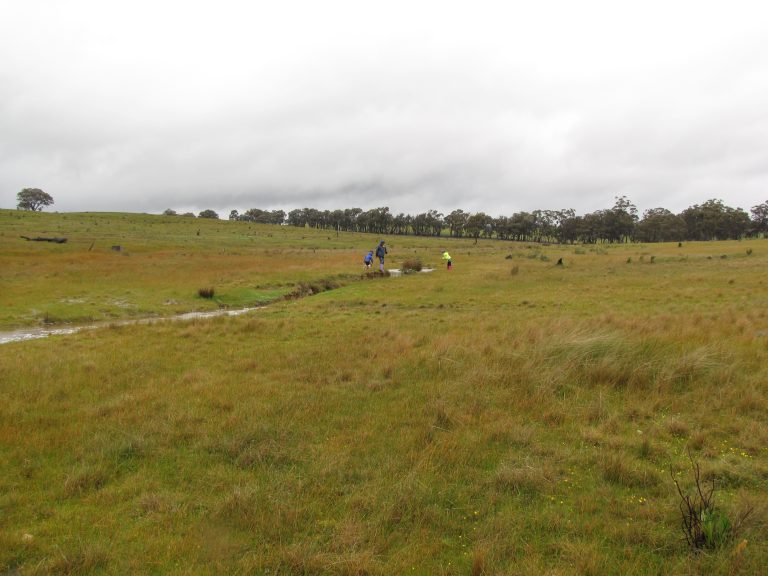
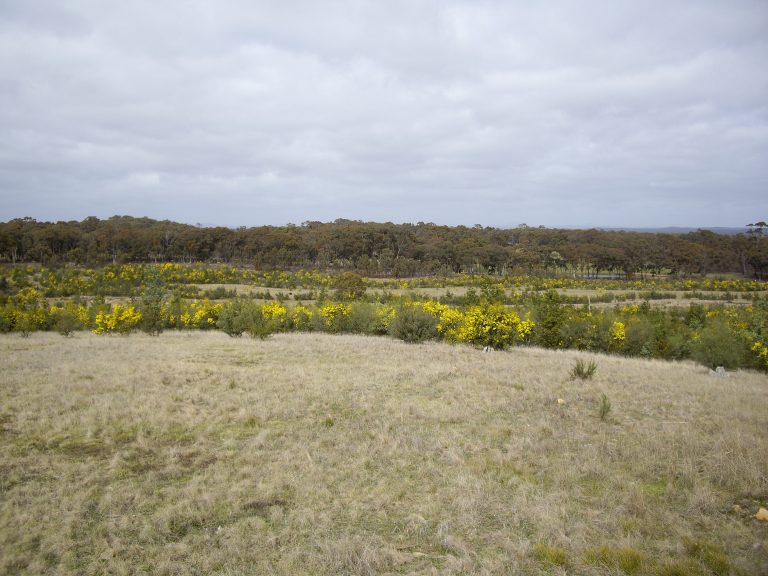
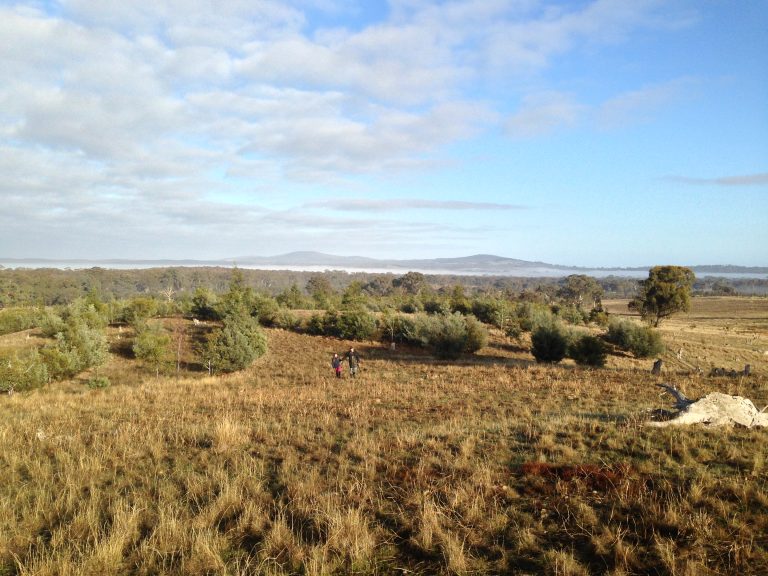
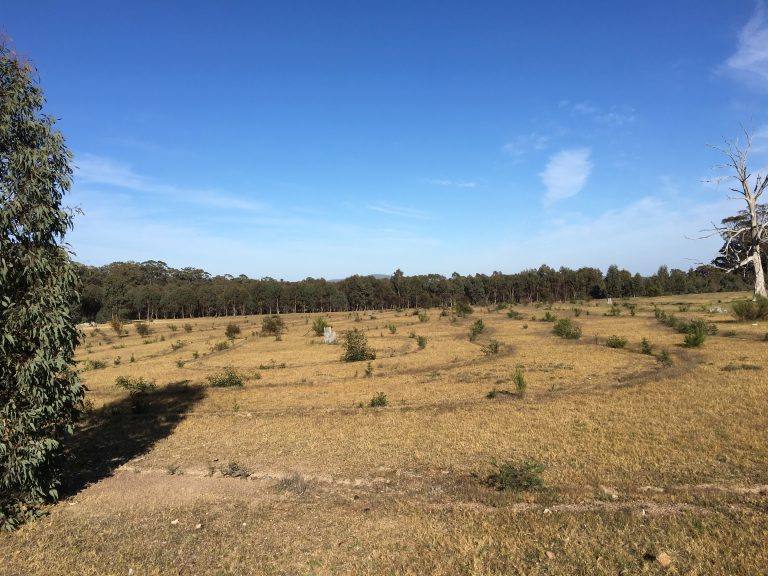
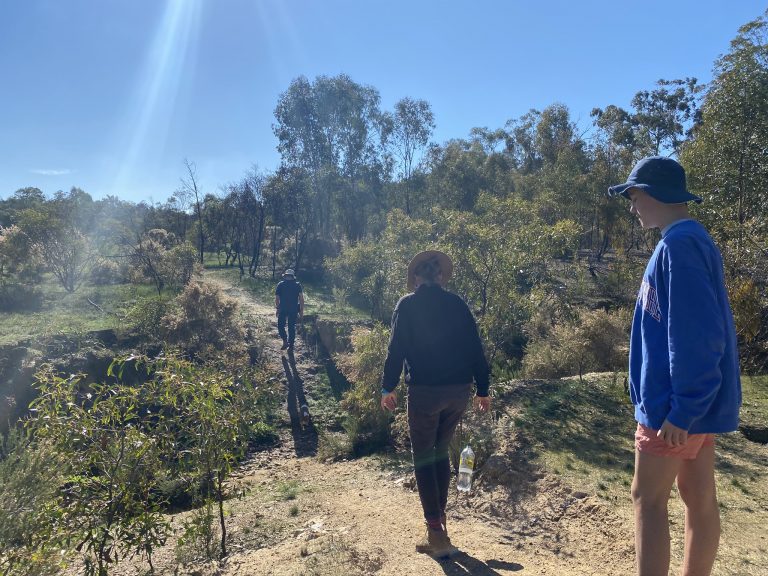
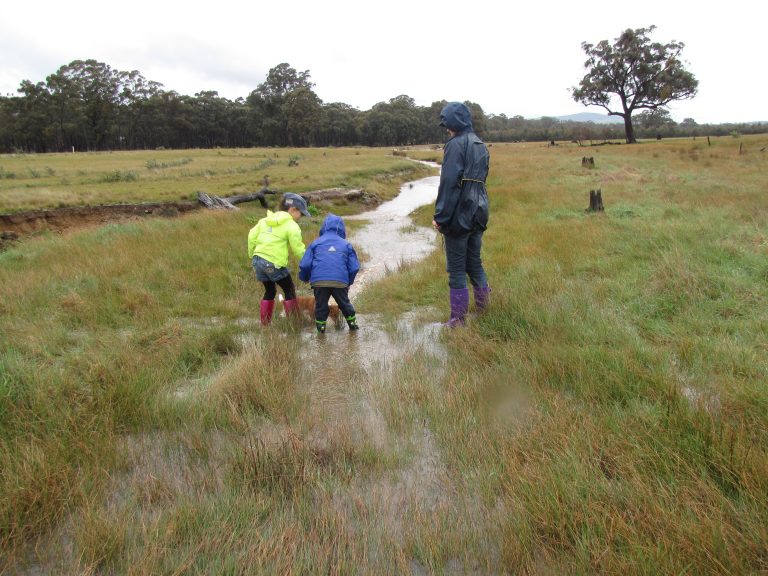
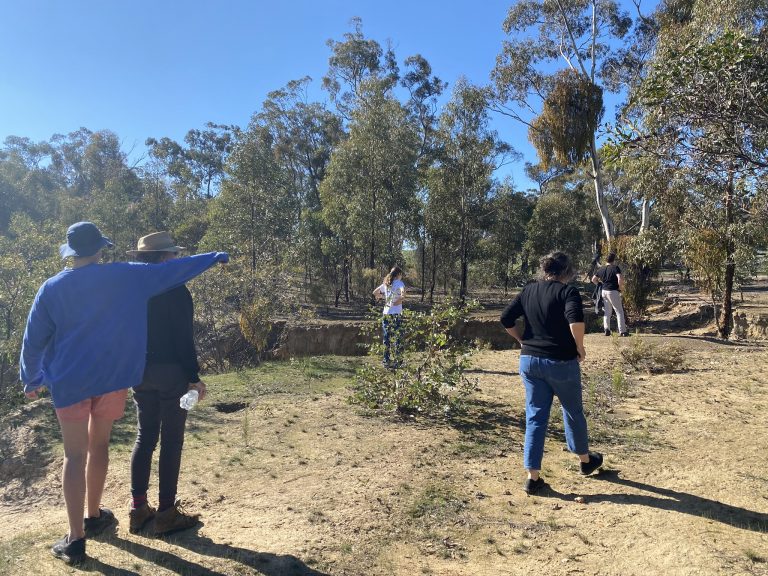
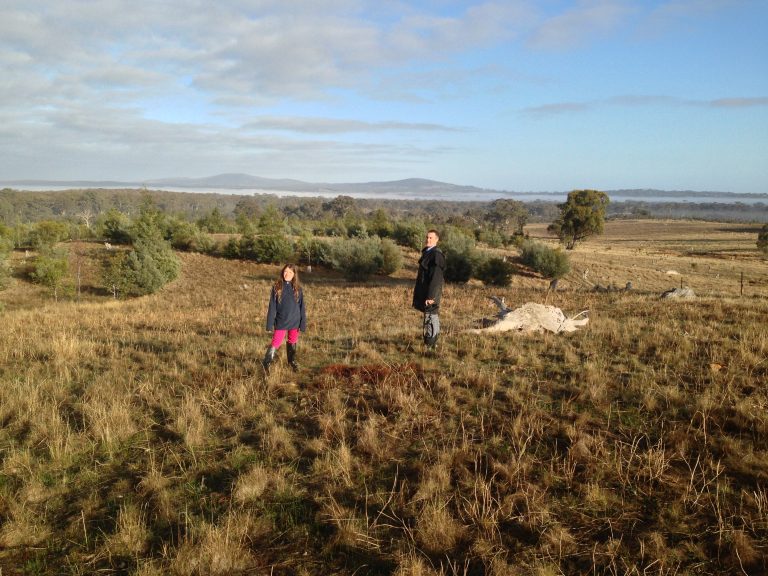
the dam
Creating a healthy body of water has been critical to providing habitat for amphibians, reptiles and water birds. Over the years we have owned the property the water level fluctuates significantly depending on the volume and timing of the rainfall. In 2016, the drought was so severe the water dried up completely but offered the opportunity to make the dam deeper and utilise the clay from the base of the dam to construct high quality habitat for various species of local birds.
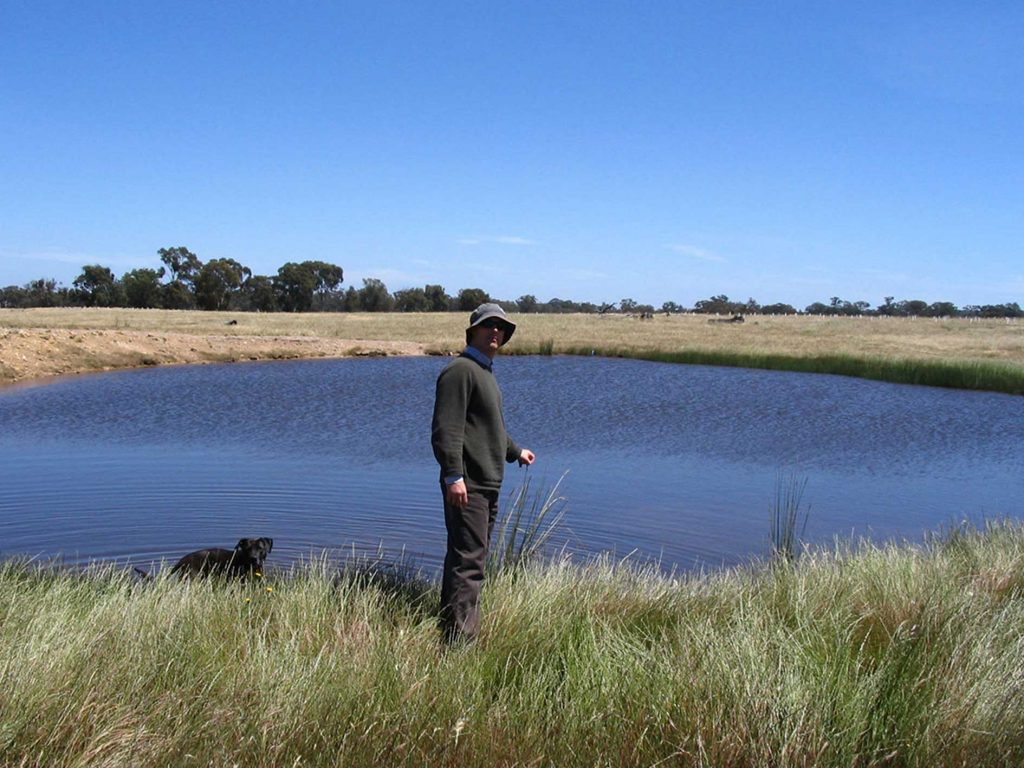

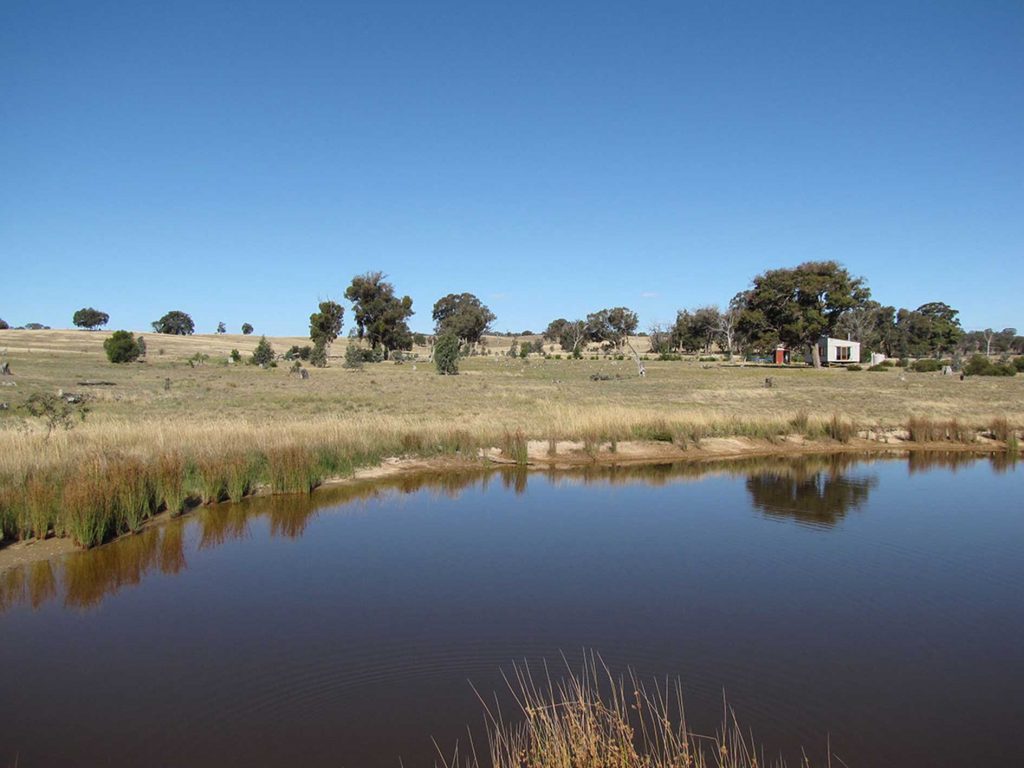
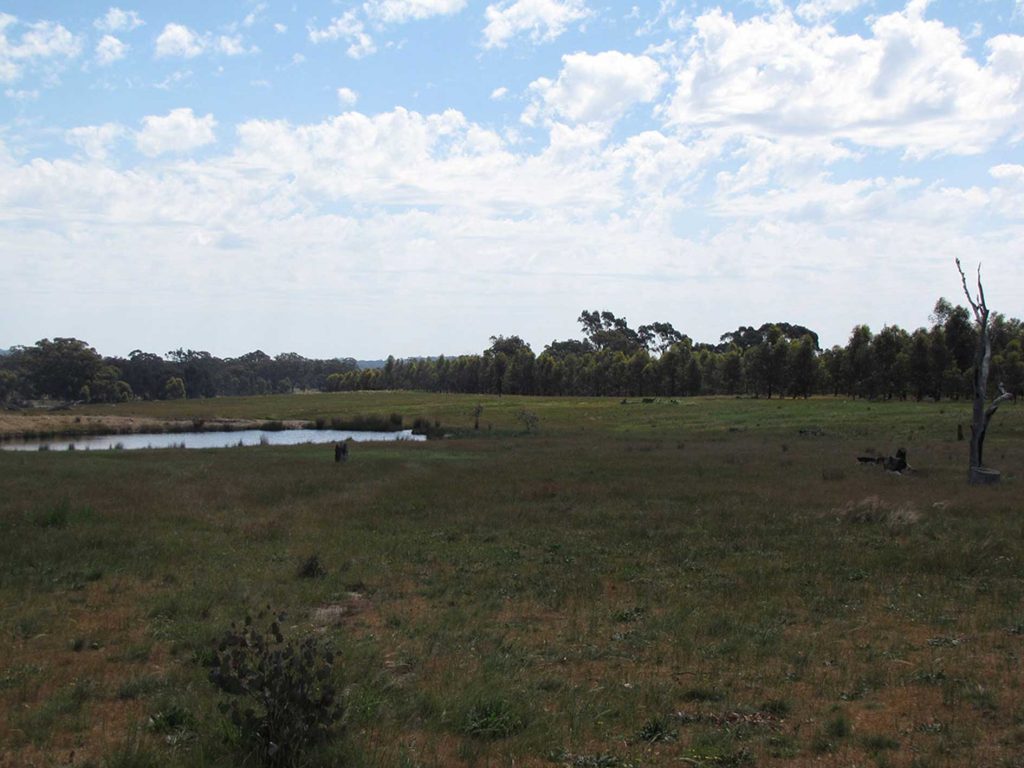
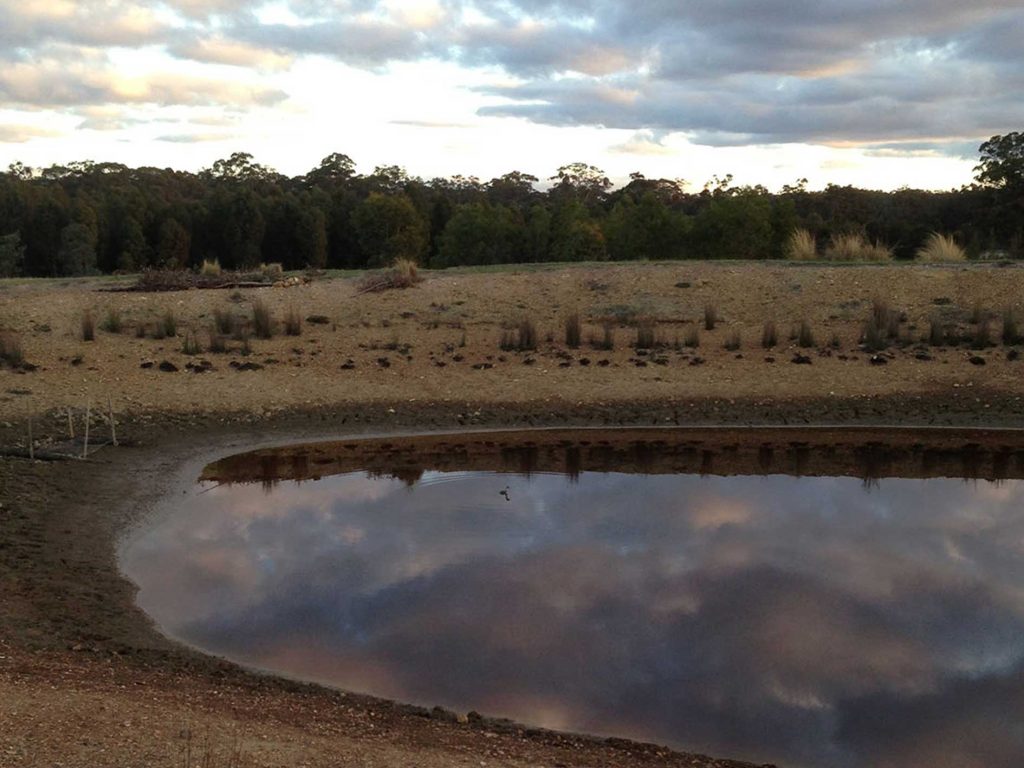
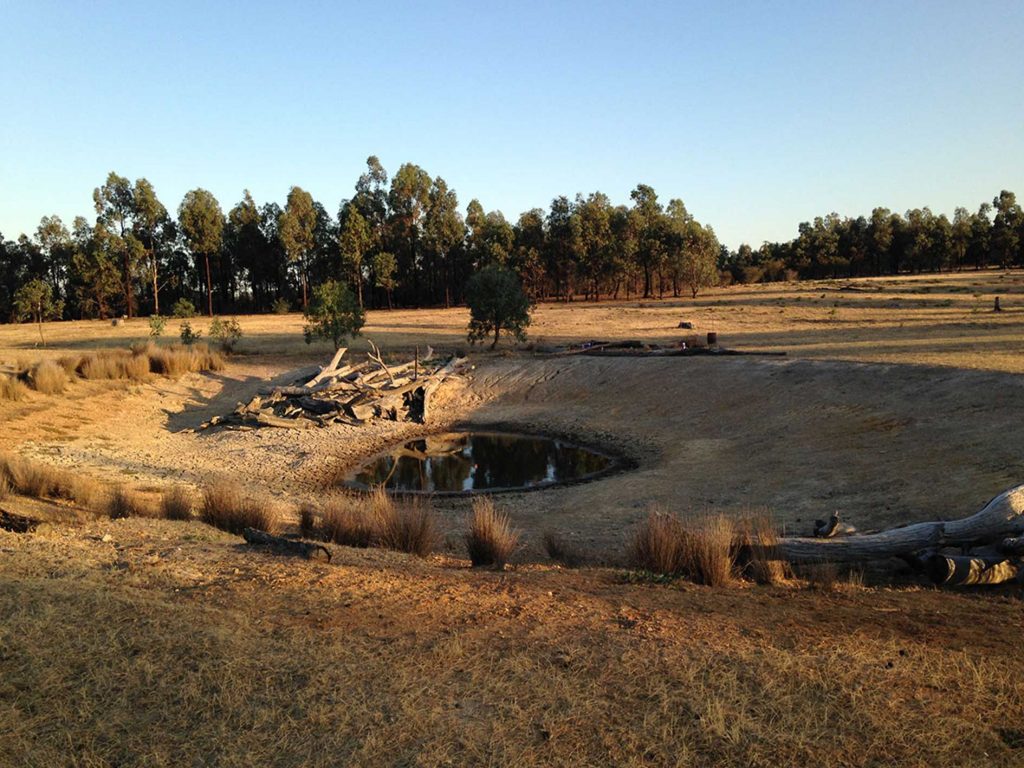
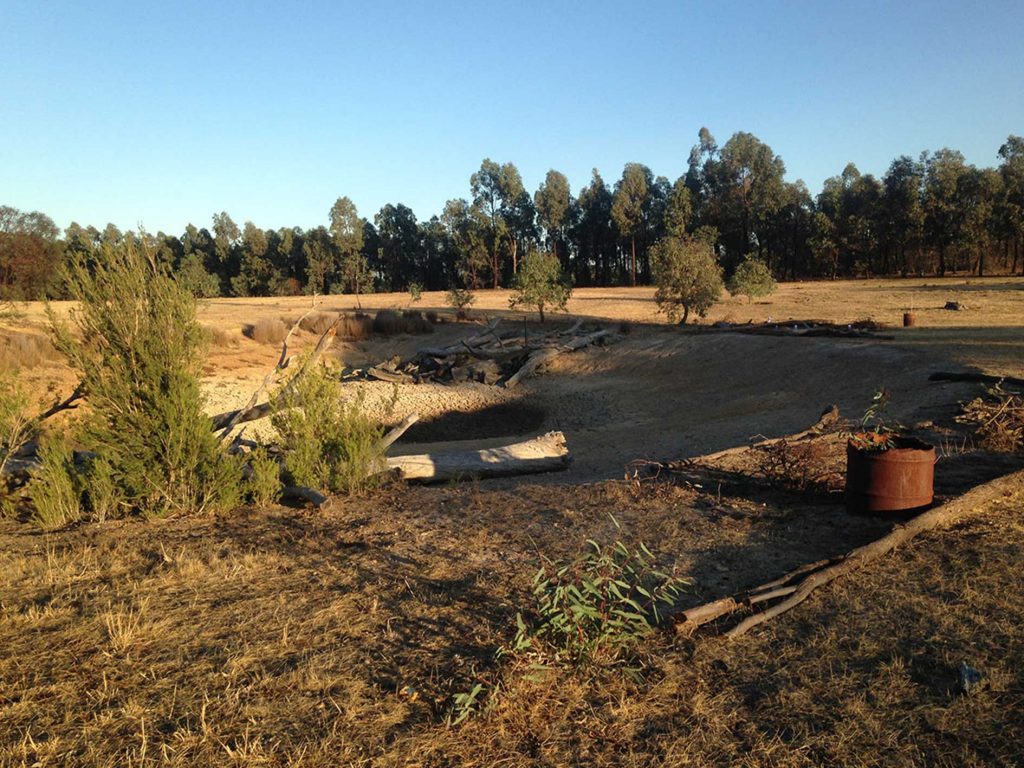
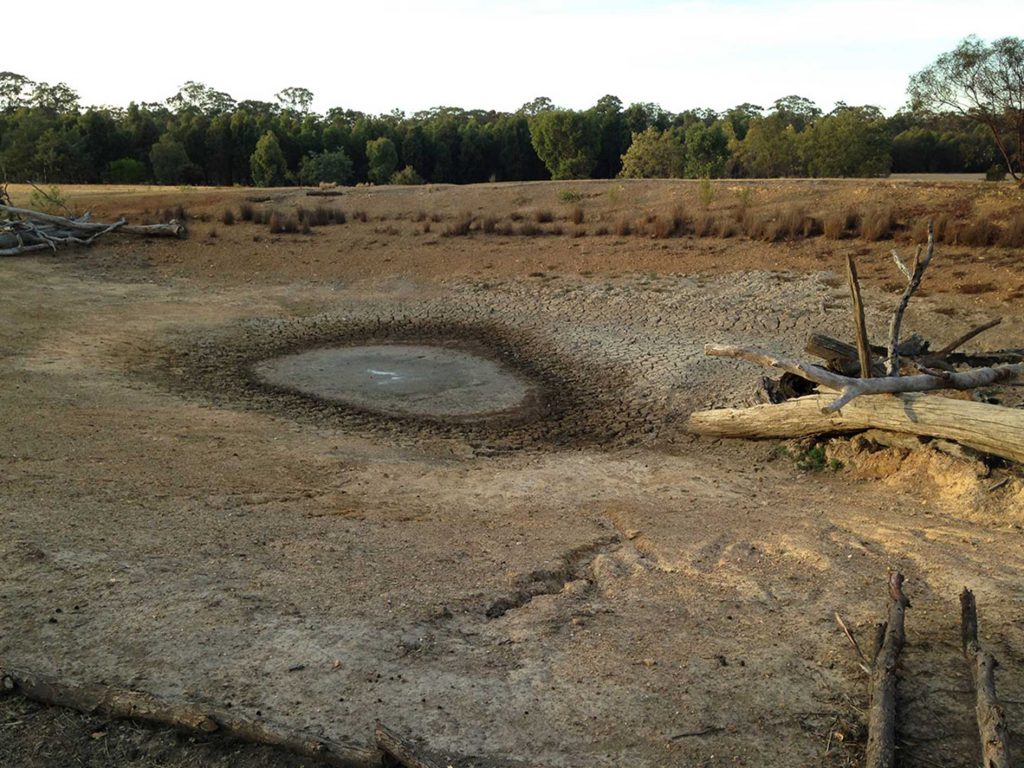
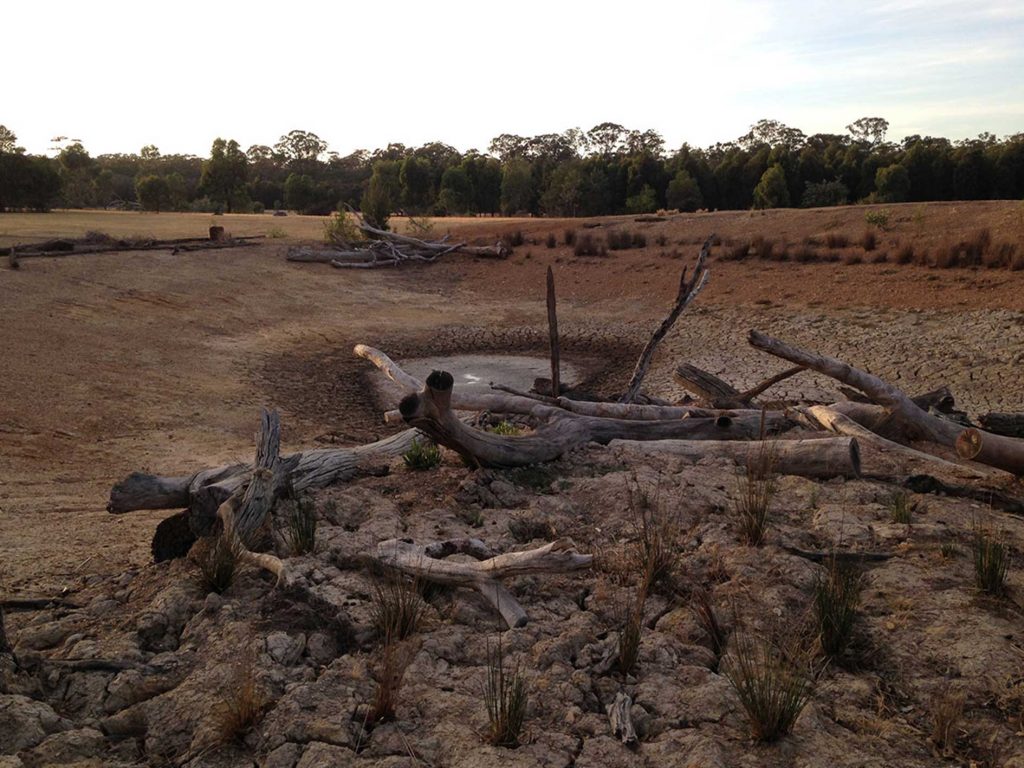
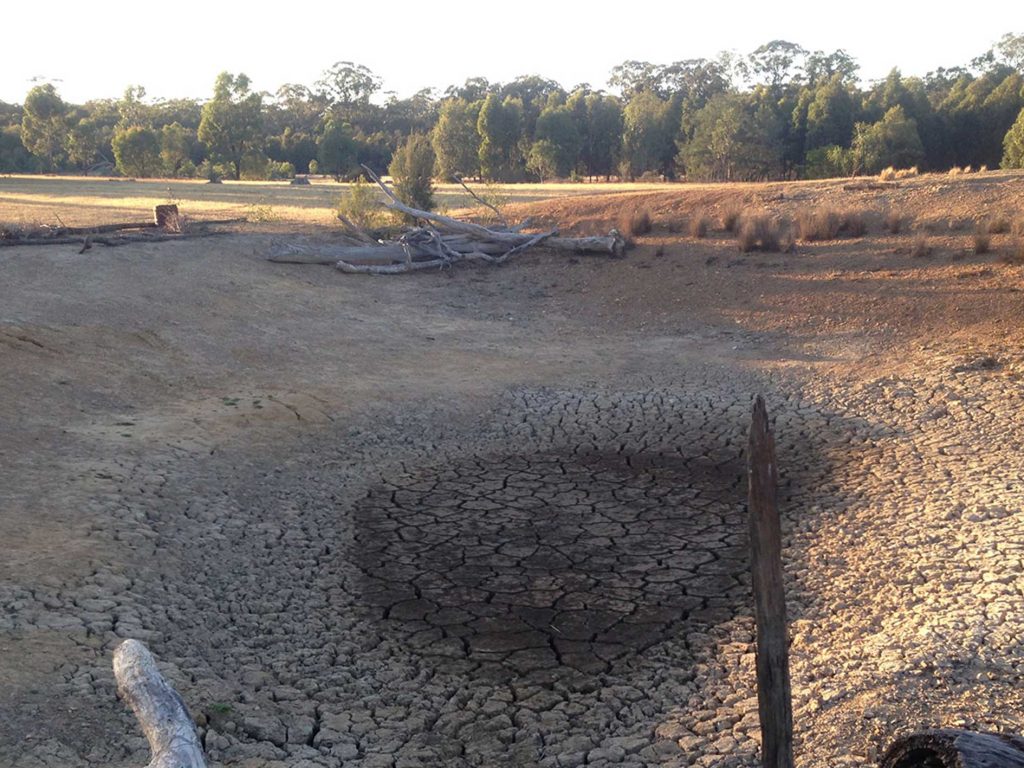
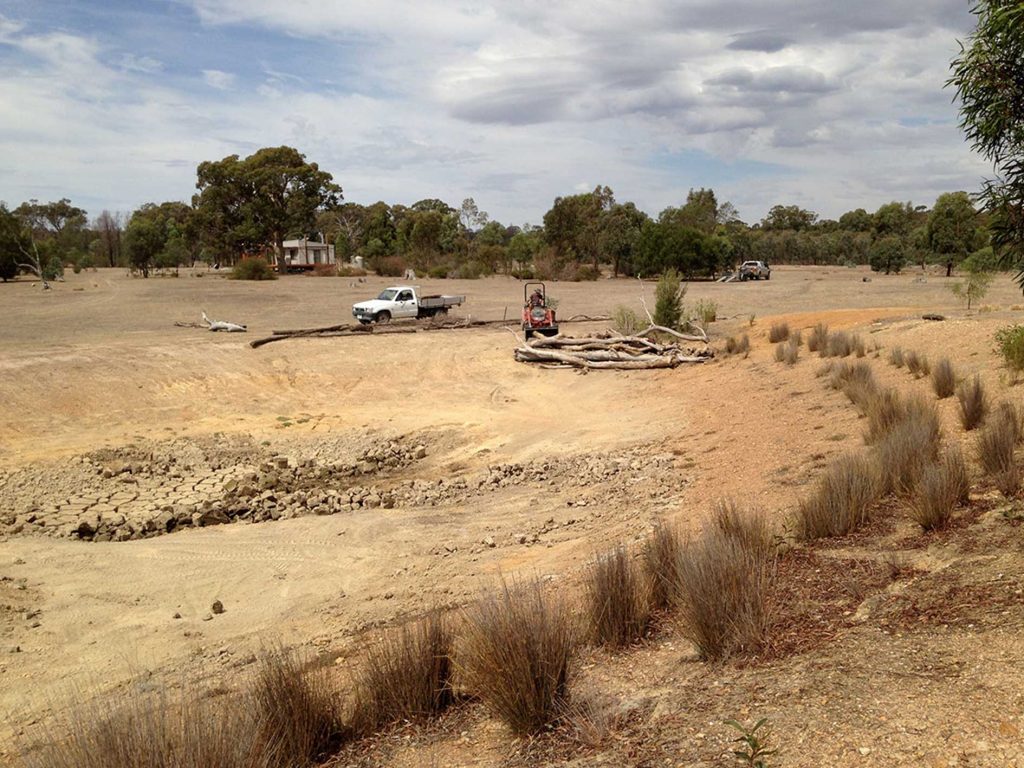
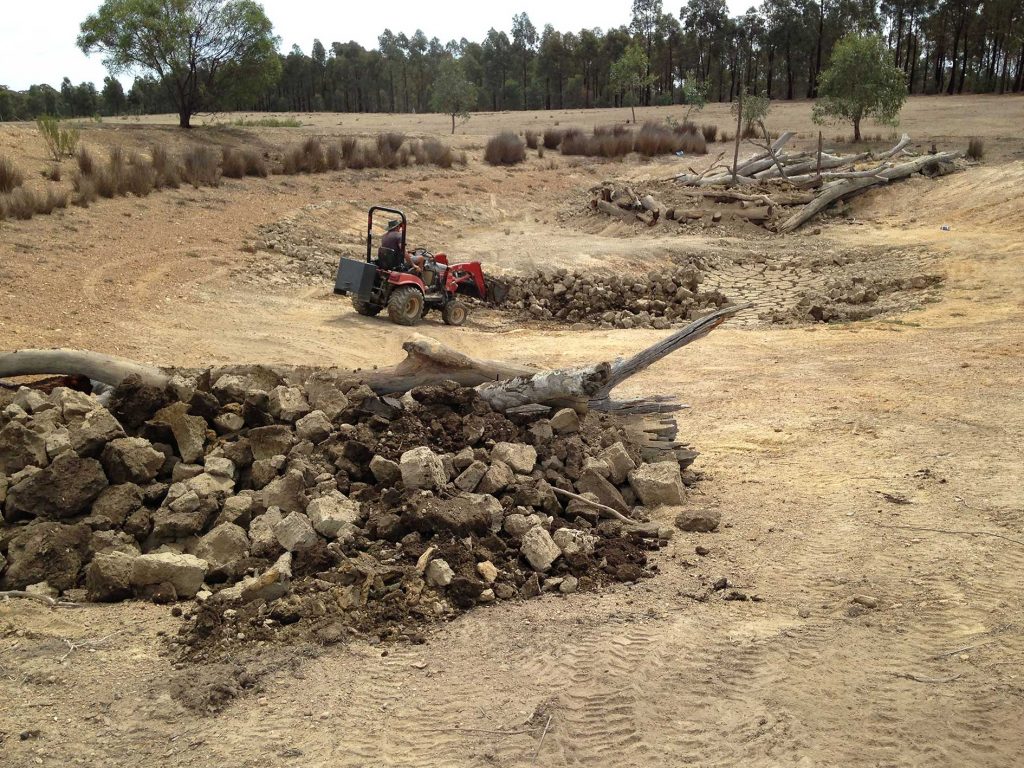
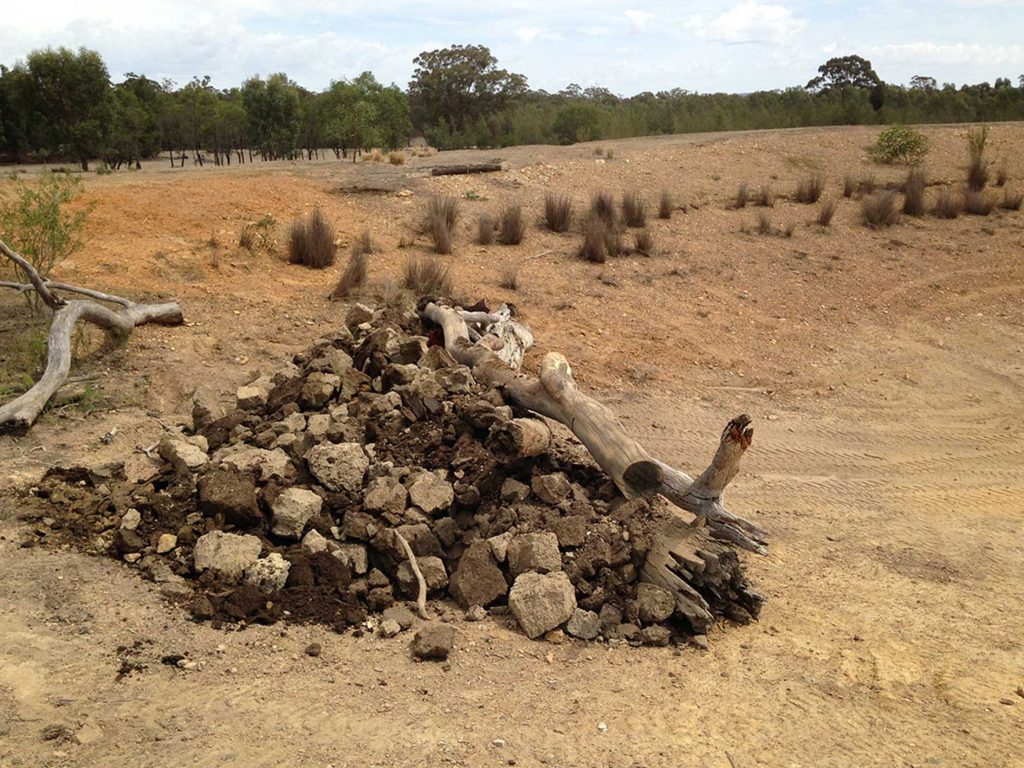
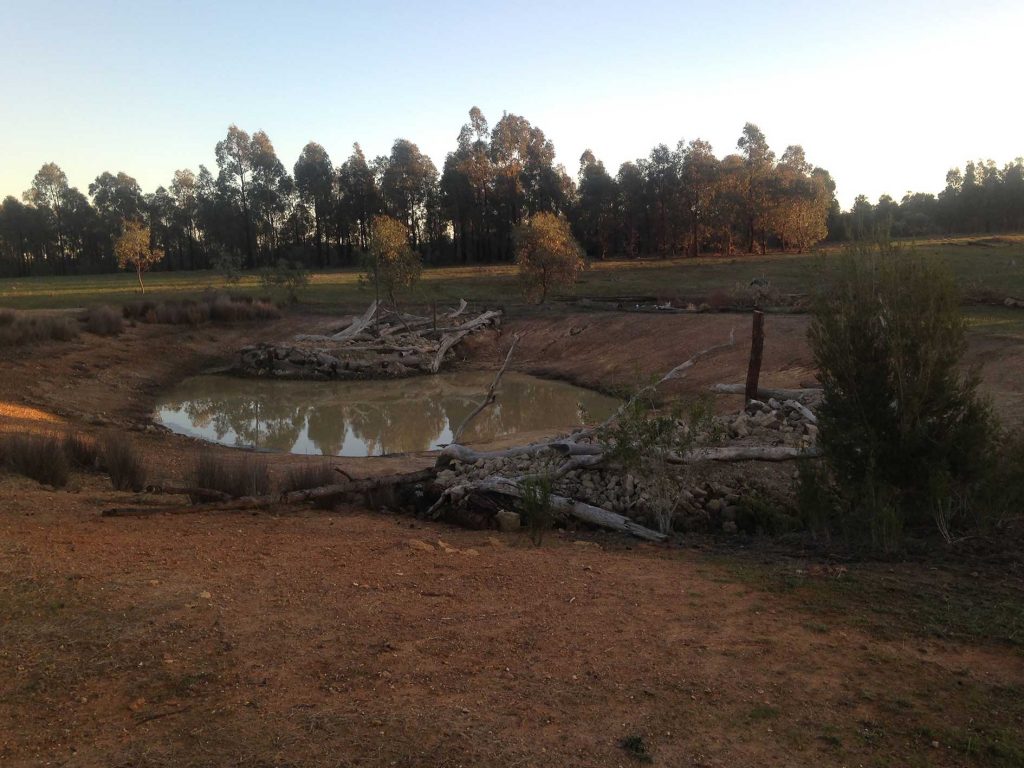
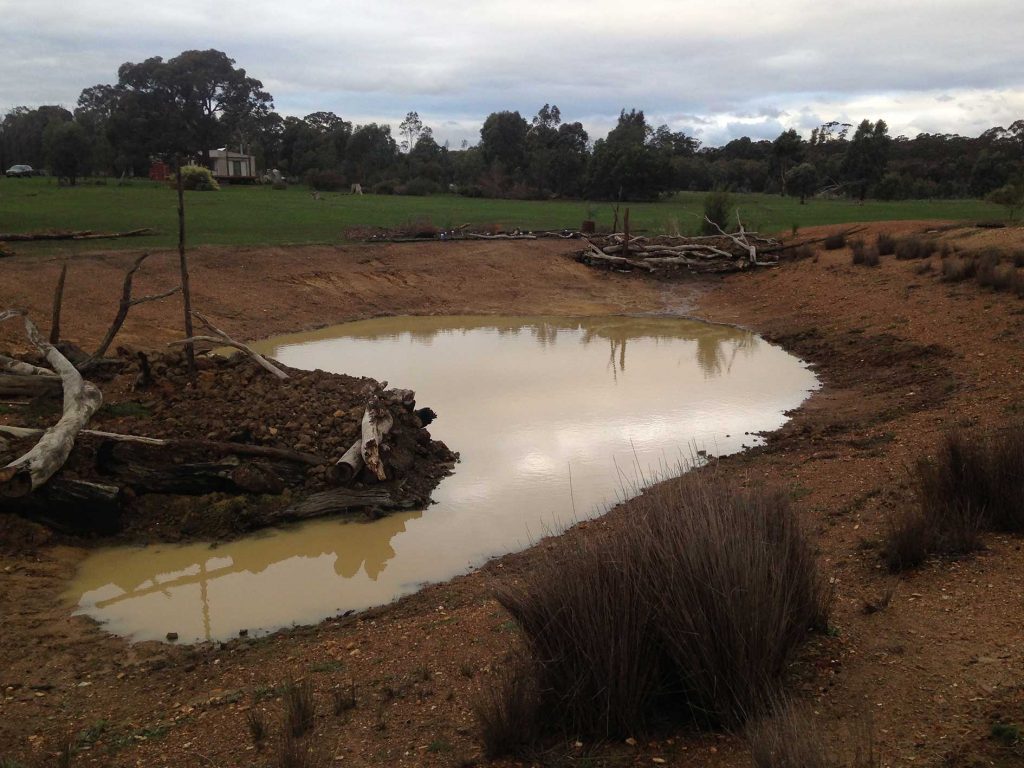
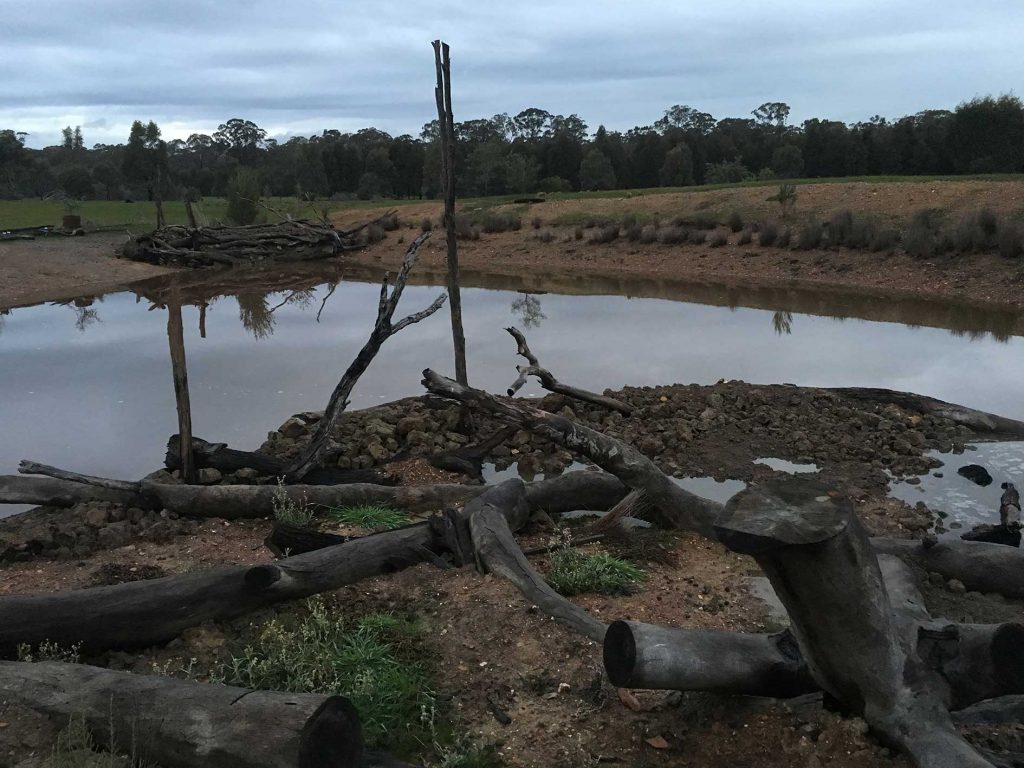
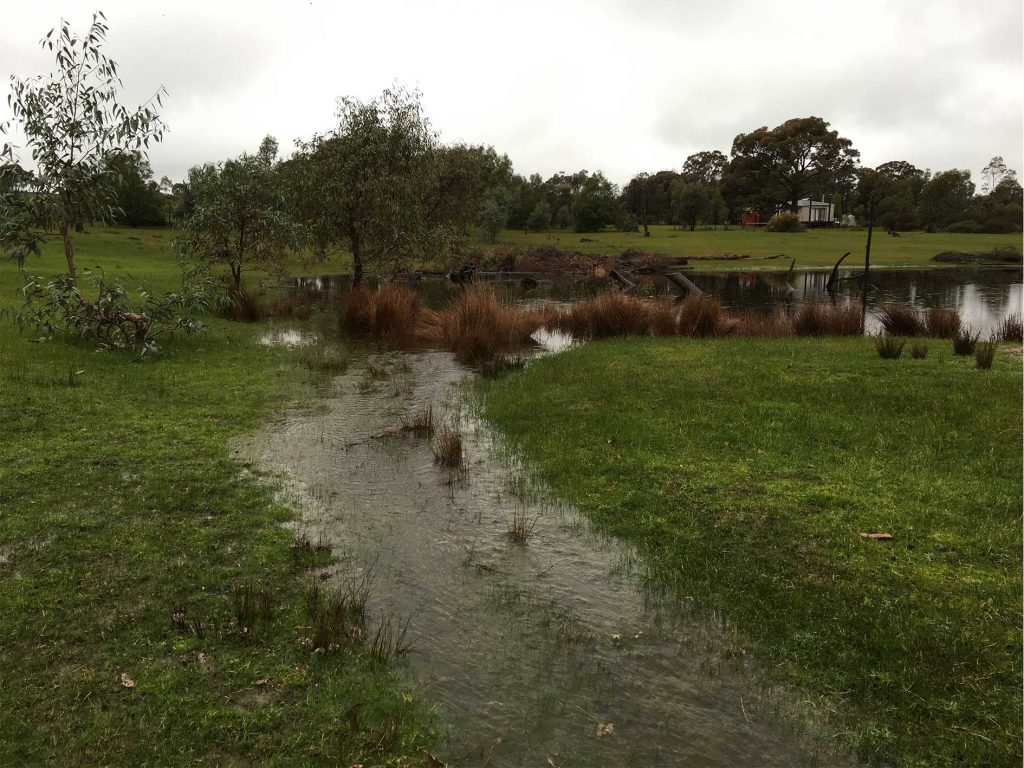
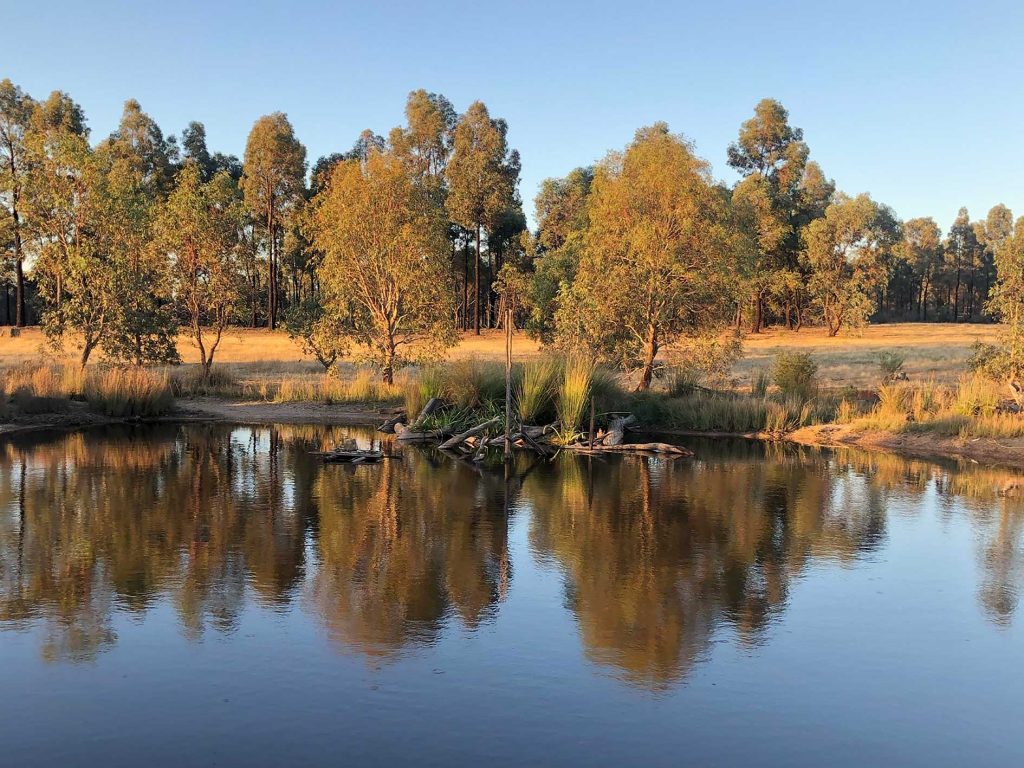
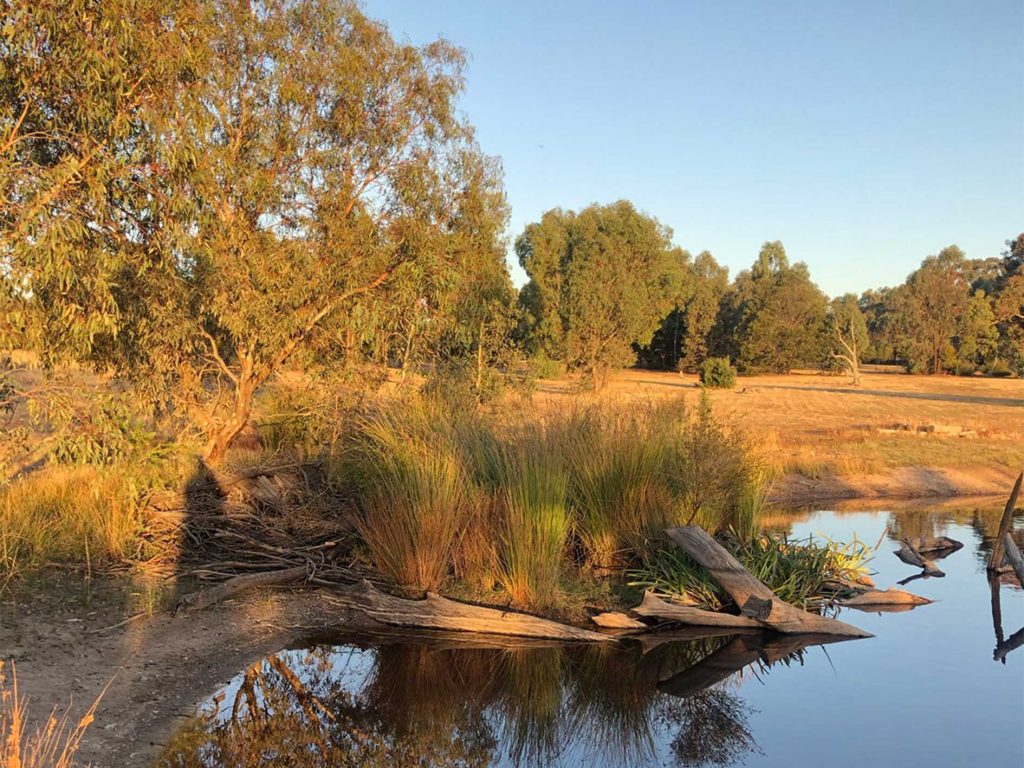
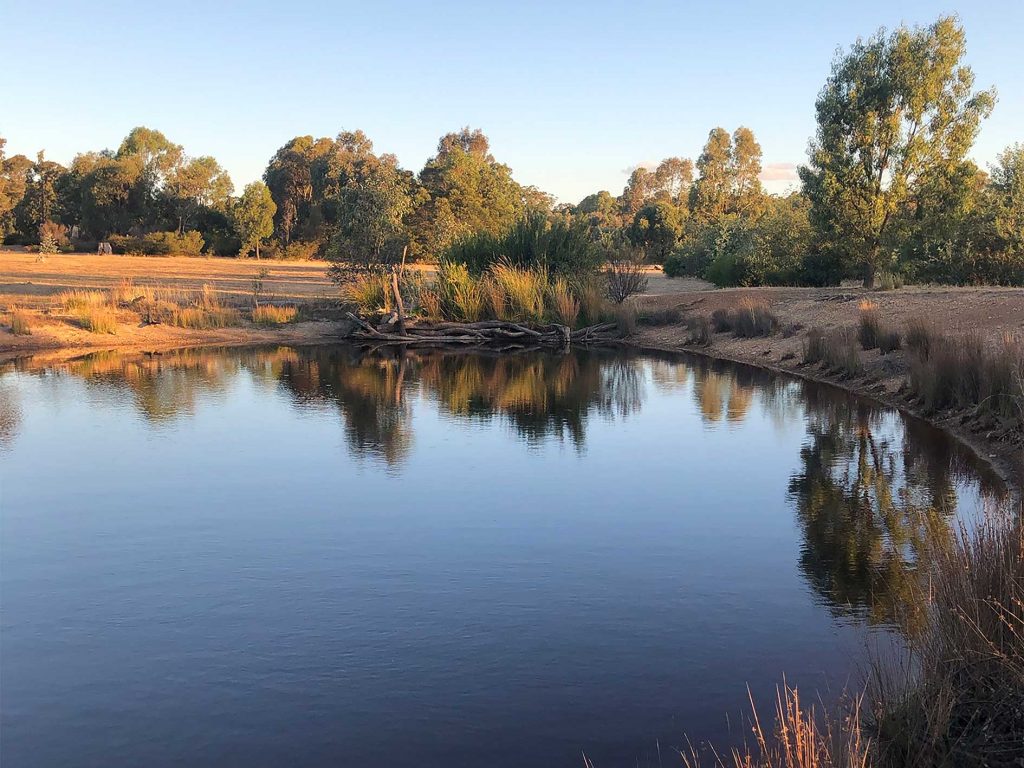
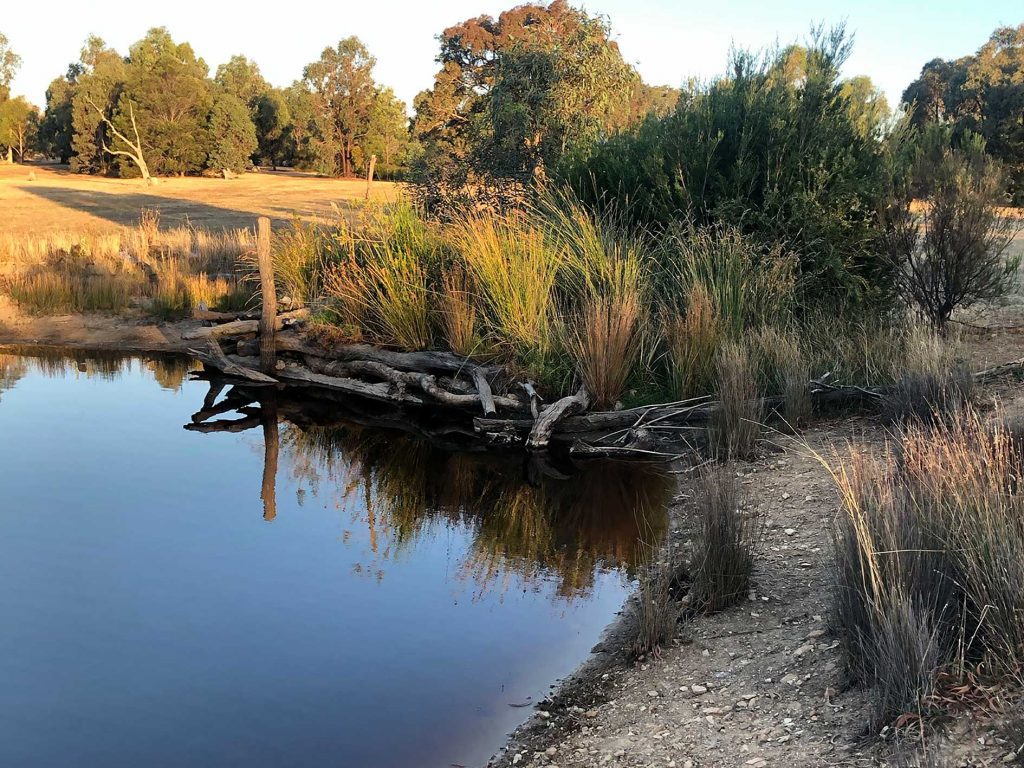
the biketrail
A much ‘taller’ and layered habitat has created a fabulous landscape in which to create a mountain bike track. Its not a track that is going to blow the mind of the serious mountain biker (like those who regularly utilise the nearby Mt Alexander track in Harcourt) however it is a great ride around the property with enough tricky turns to keep a reasonably good cyclist on their toes.
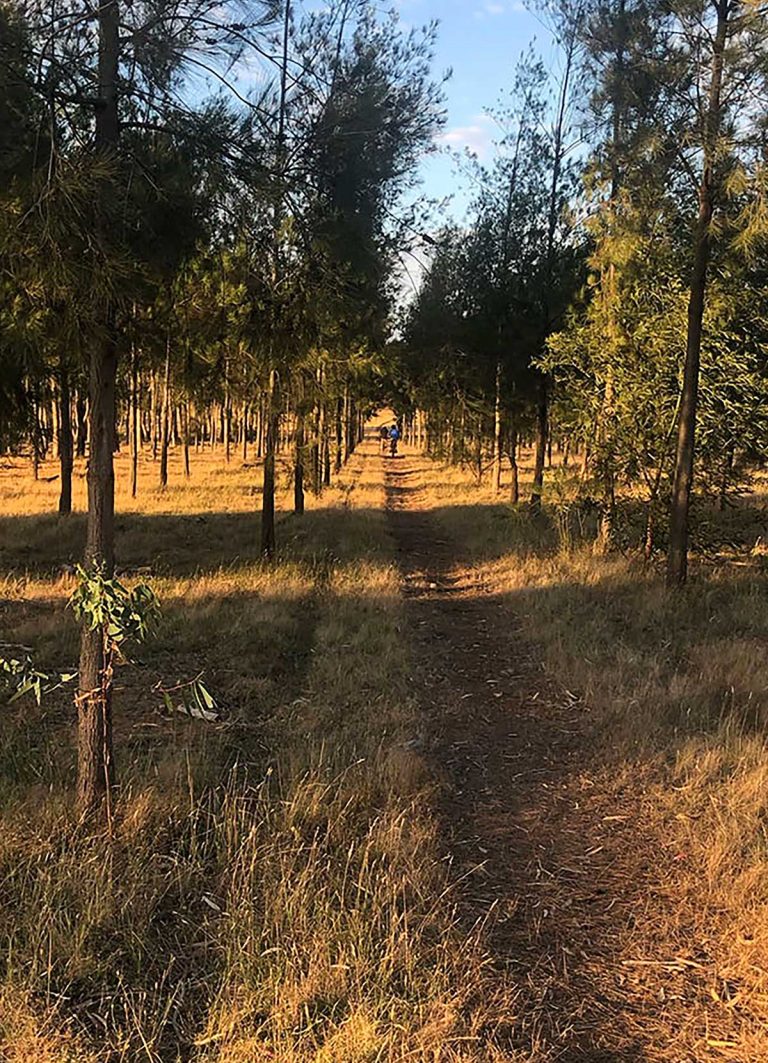
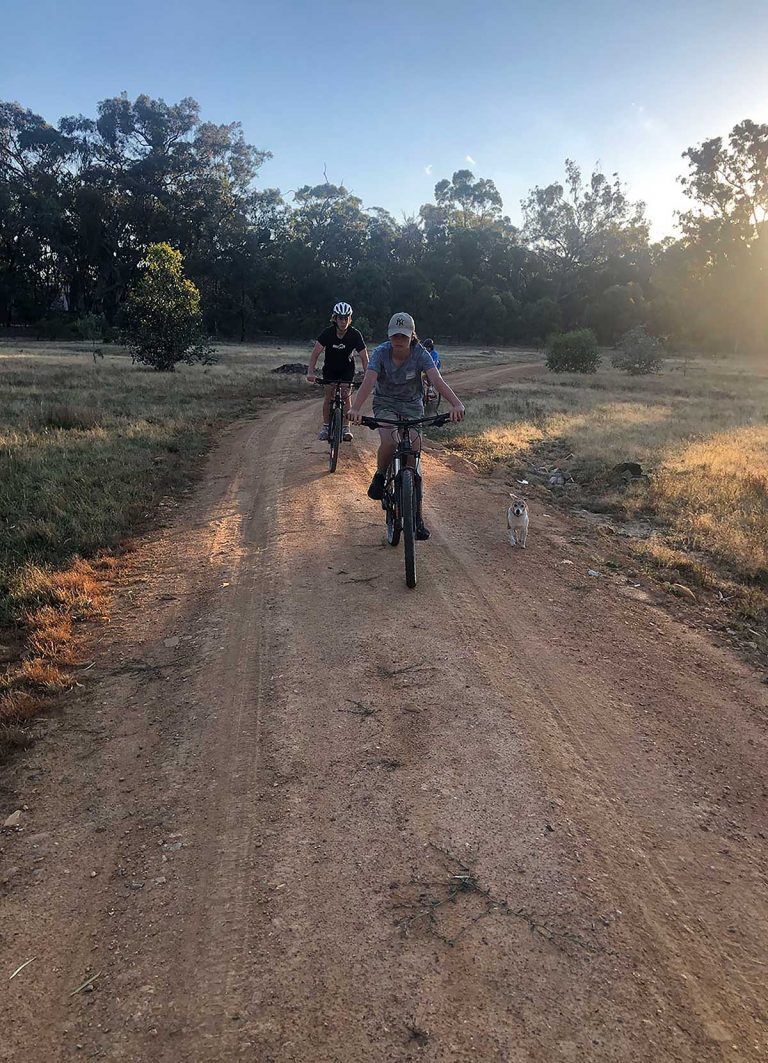
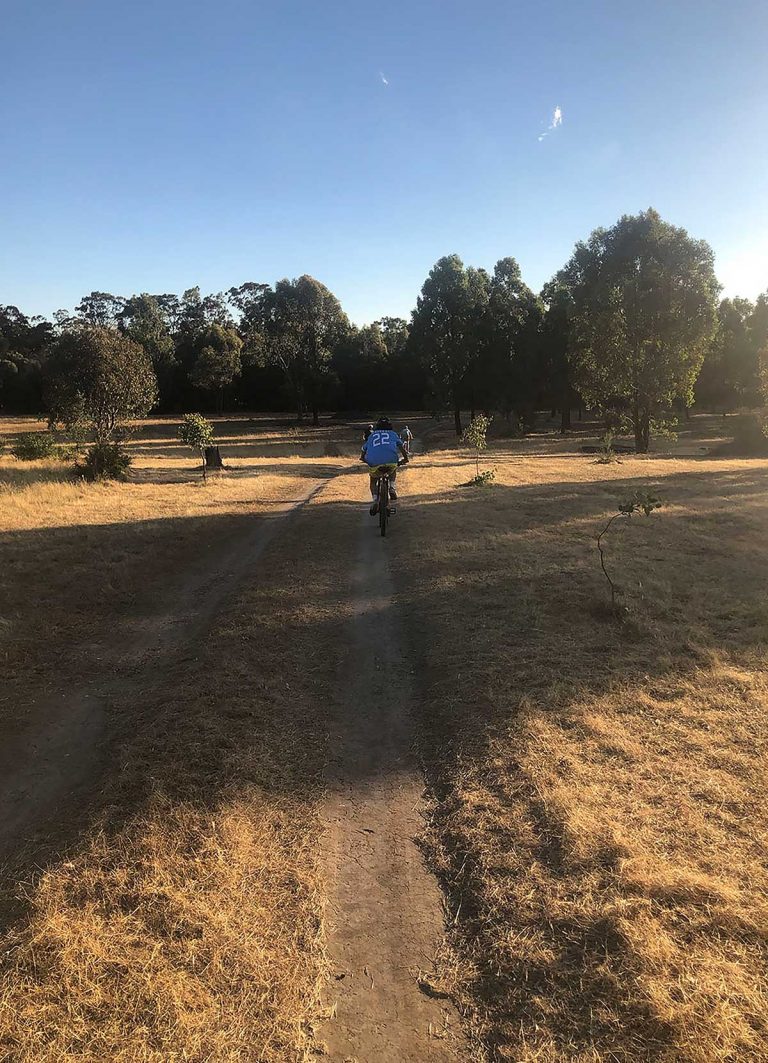
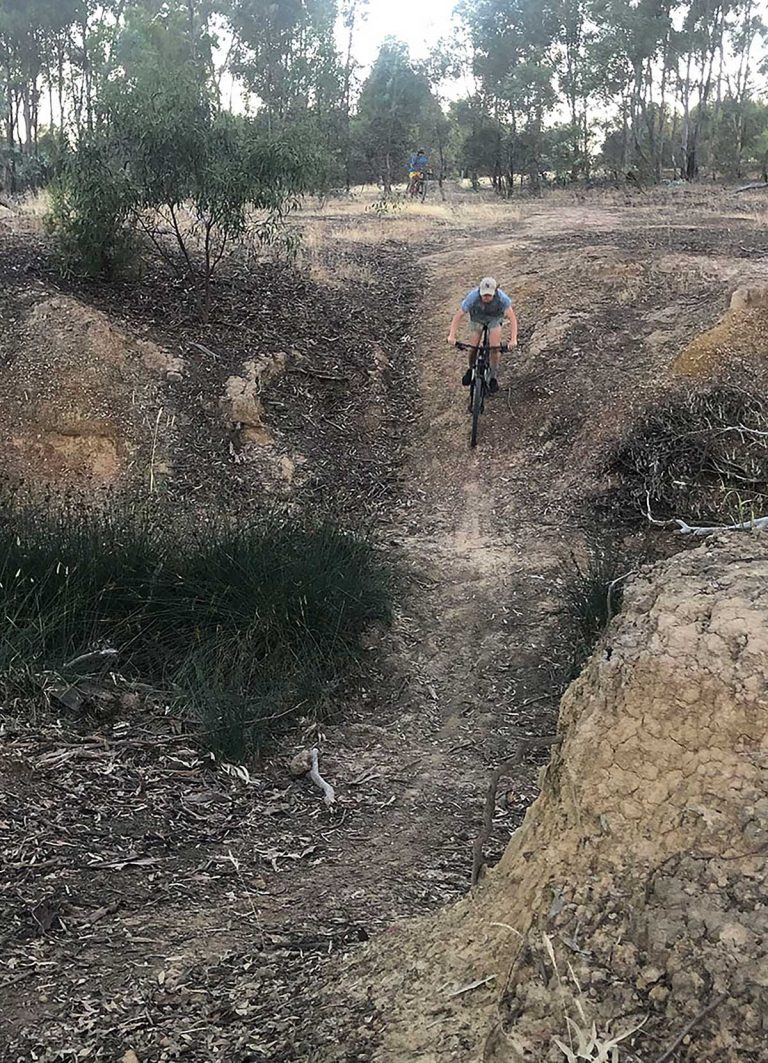
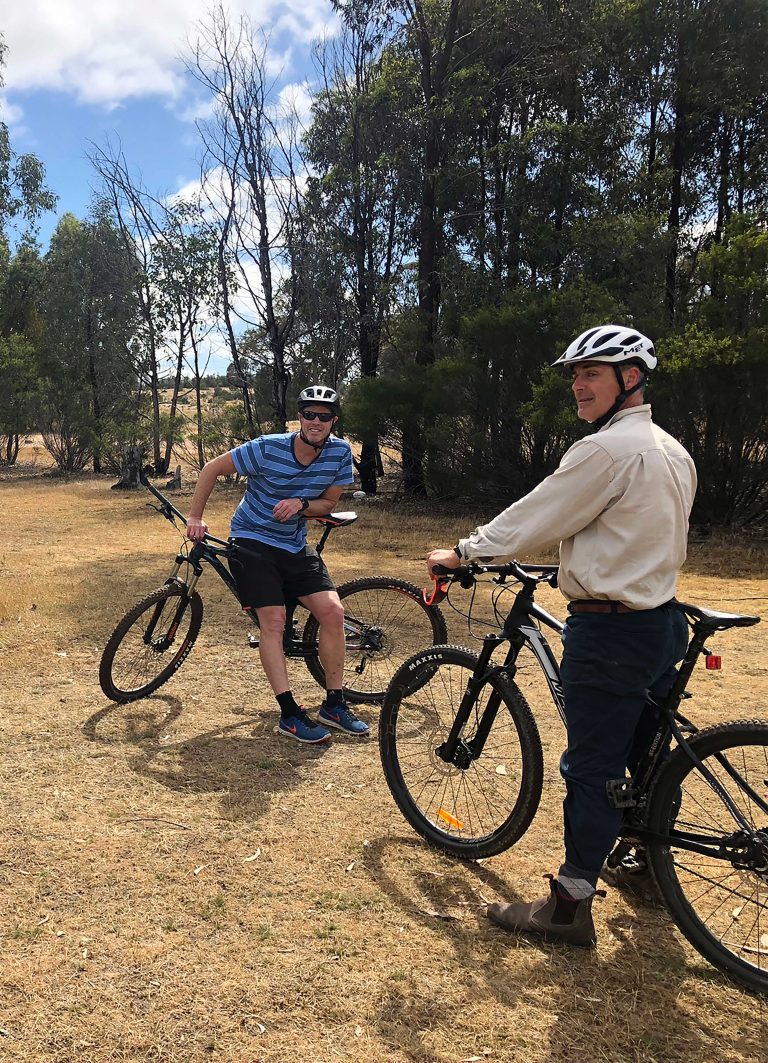
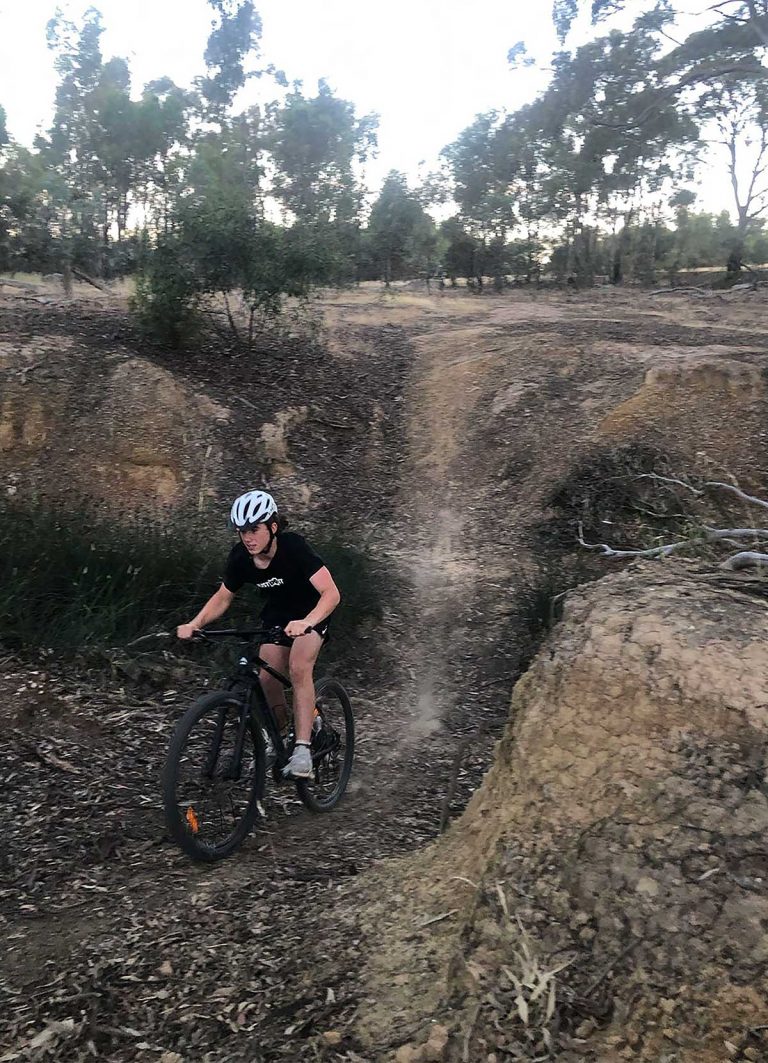
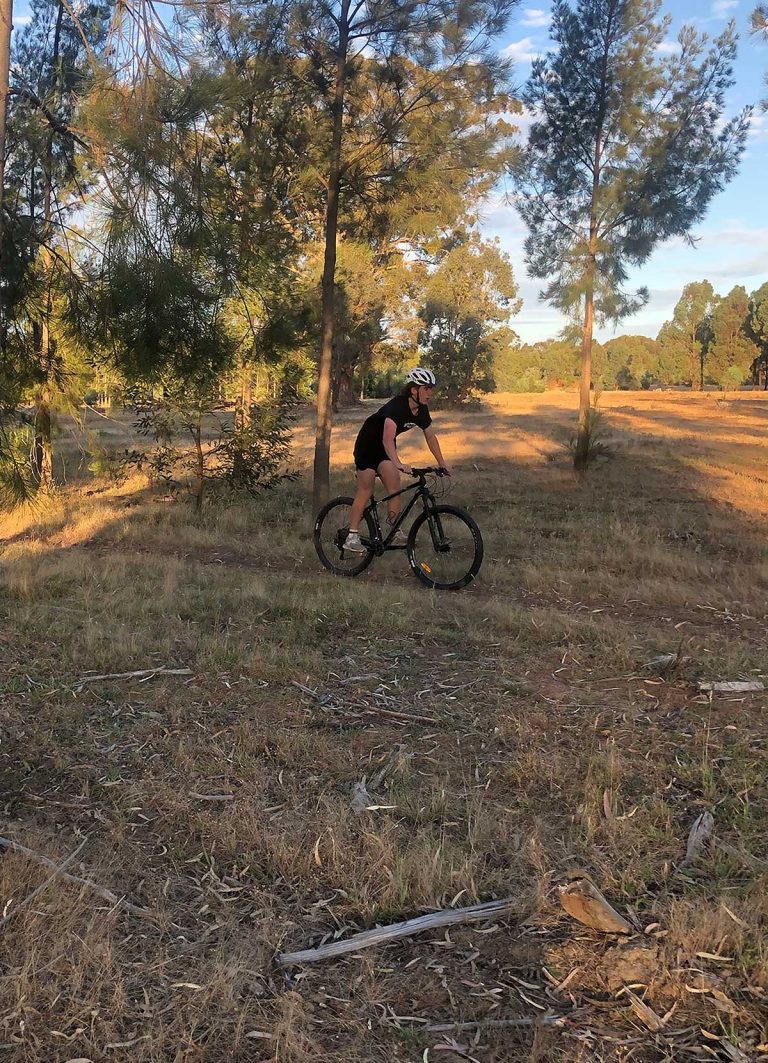
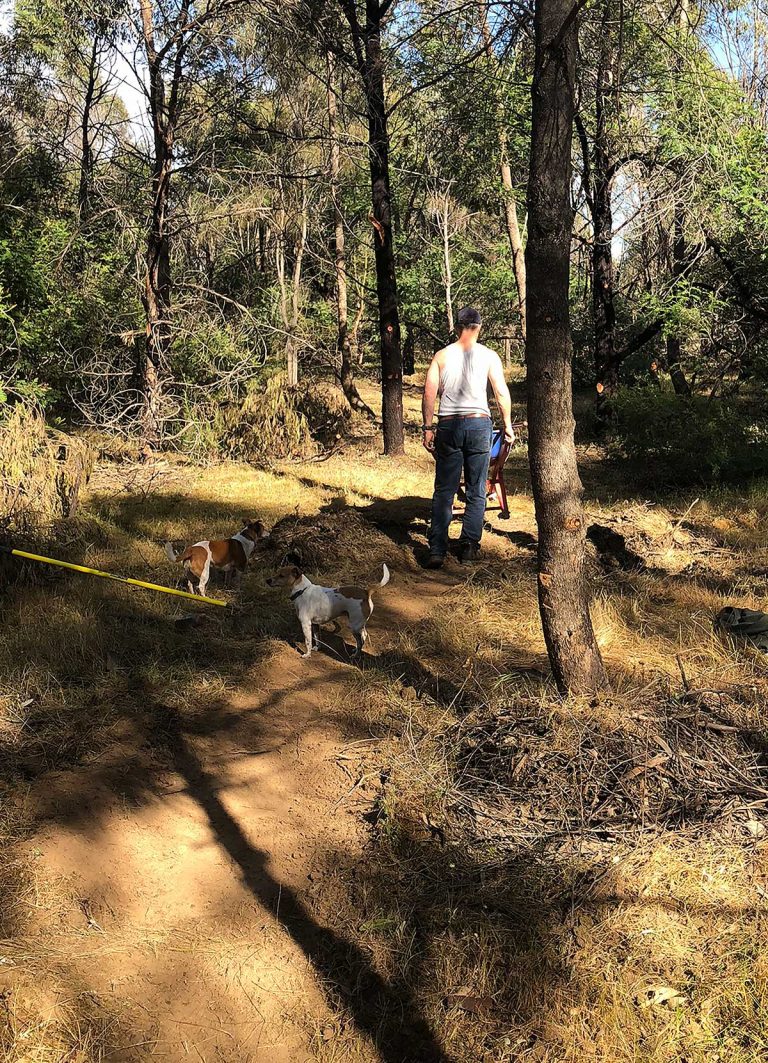
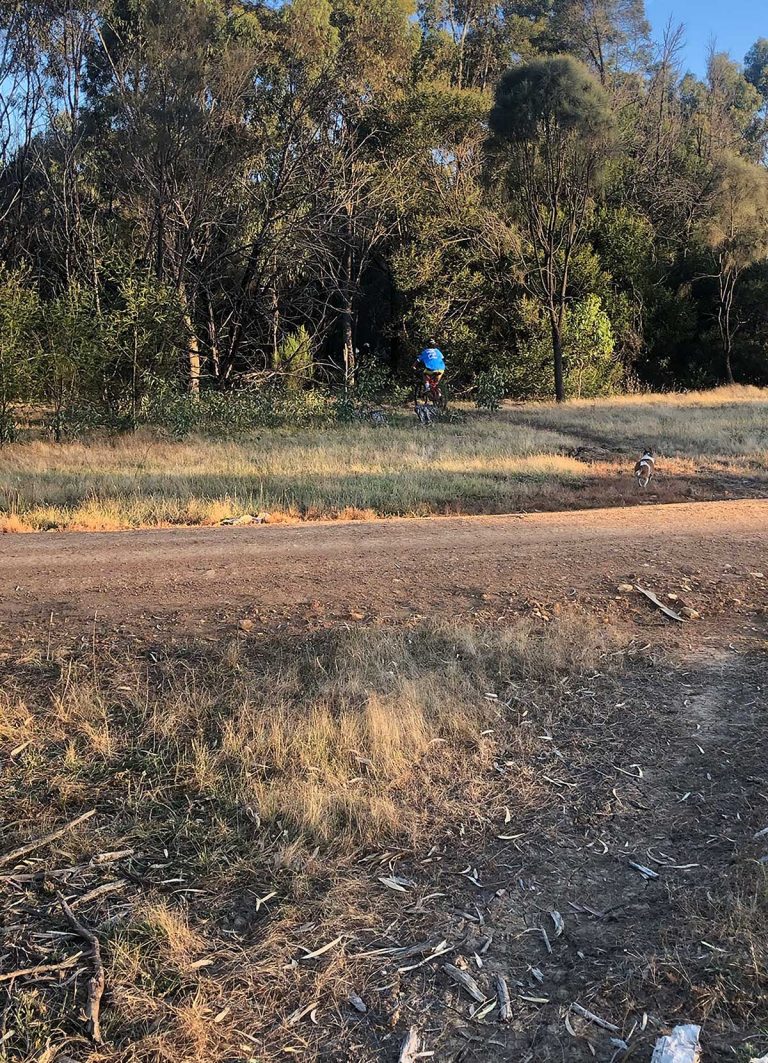
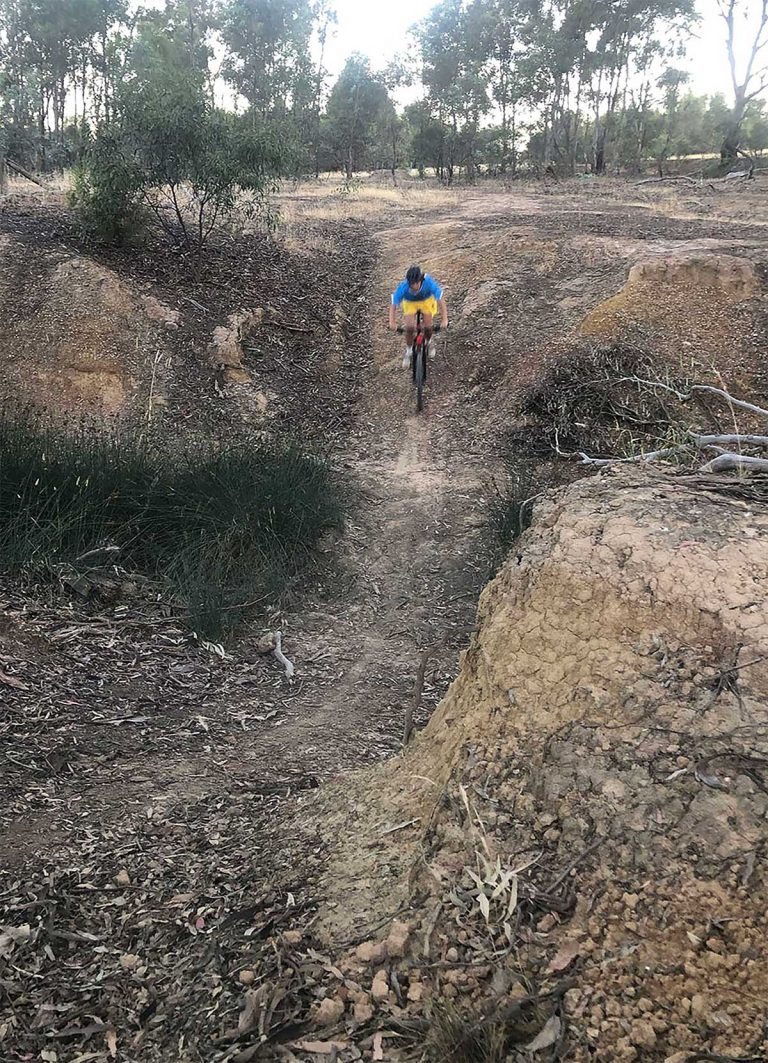

returning animals
In 2003 when we bought the property there were only five obvious bird species, a reasonable number of kangeroos and one sugar glider that got stuck on a barbed wire fence. (the fence was scuttled but the sugar glider was saved, restored to good health and released back onto the same tree it was snagged near).
In 2020 we have seen up to 110 different species of bird. Fairy wrens, unseen in 2003, are now in quite large numbers and are only there due to the introduction of shrubs and understory that provide them the protection they need to thrive. We now regularly see a much wider variety of marsupials species such as the brush tailed phascogale and regularly encounter the slowly ambling echidna – digging up ants in amongst the new brushy habitat.
Reptiles were very rare when we first bought the land but in 2020 we have seen five little turtle heads poking out of the dam and at least four frogs species (as identified by the Victorian museum using their phone recording app) One of those identified is the Eastern Banjo frog or ‘Pobblegonk’.
(all bird photos are courtesy of Jeff Park in nearby Newstead – his camera is far superior to mine)
